News Releases from NIEHS
13
NOV 2025
National Institute of Environmental Health Sciences

30
JUN 2025
National Institute of Environmental Health Sciences

16
APR 2024
National Institute of Environmental Health Sciences

11
JAN 2024
National Institute of Environmental Health Sciences
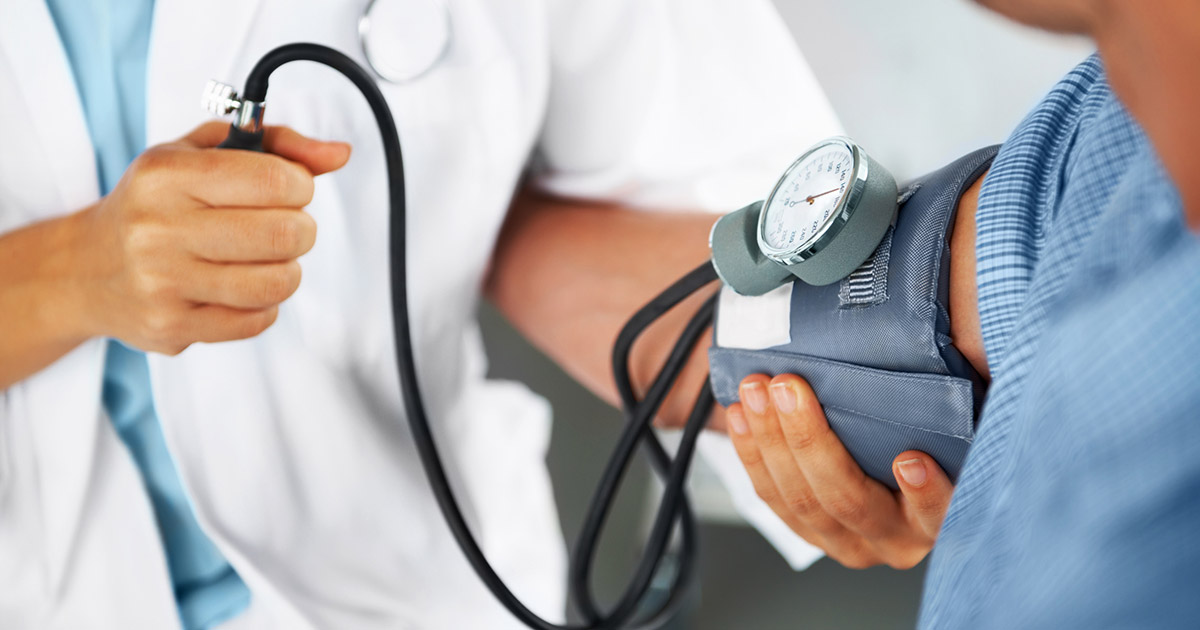
02
OCT 2023
National Institute of Environmental Health Sciences
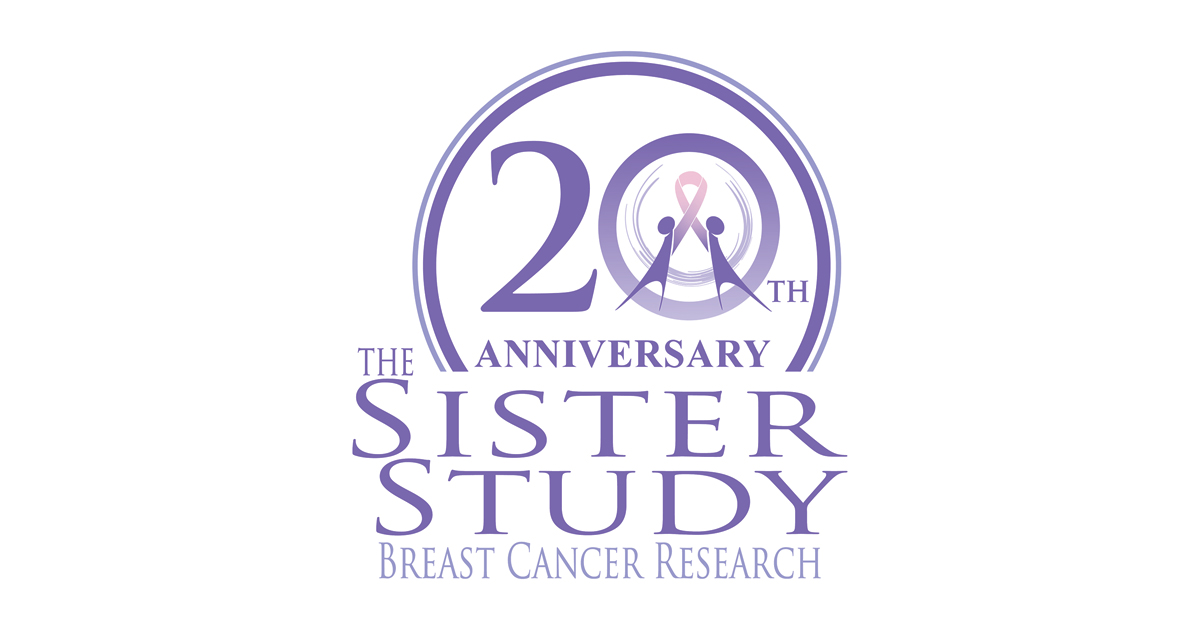
18
SEP 2023
National Institute of Environmental Health Sciences
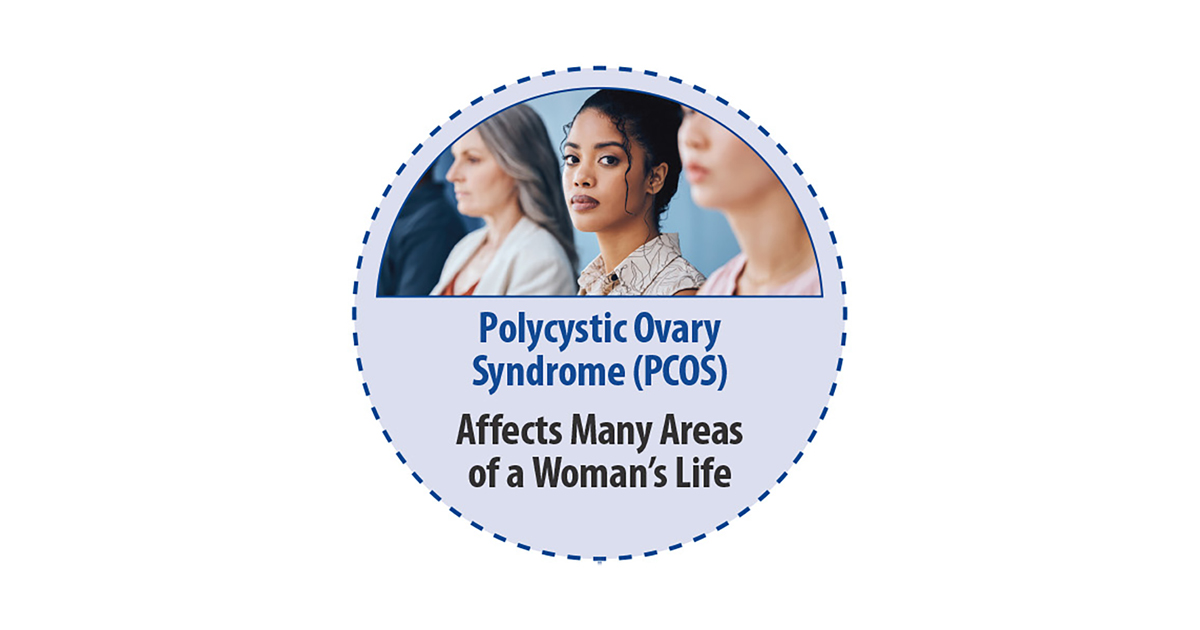
11
SEP 2023
National Institute of Environmental Health Sciences
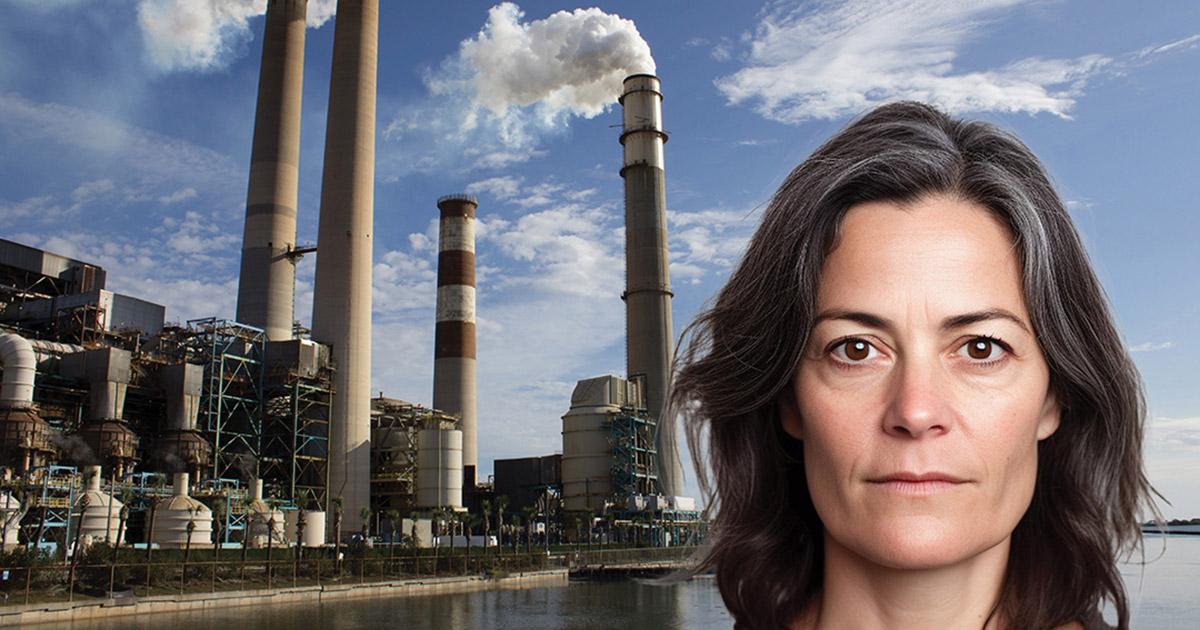
19
JUL 2023
National Institute of Environmental Health Sciences

02
MAY 2023
National Institute of Environmental Health Sciences
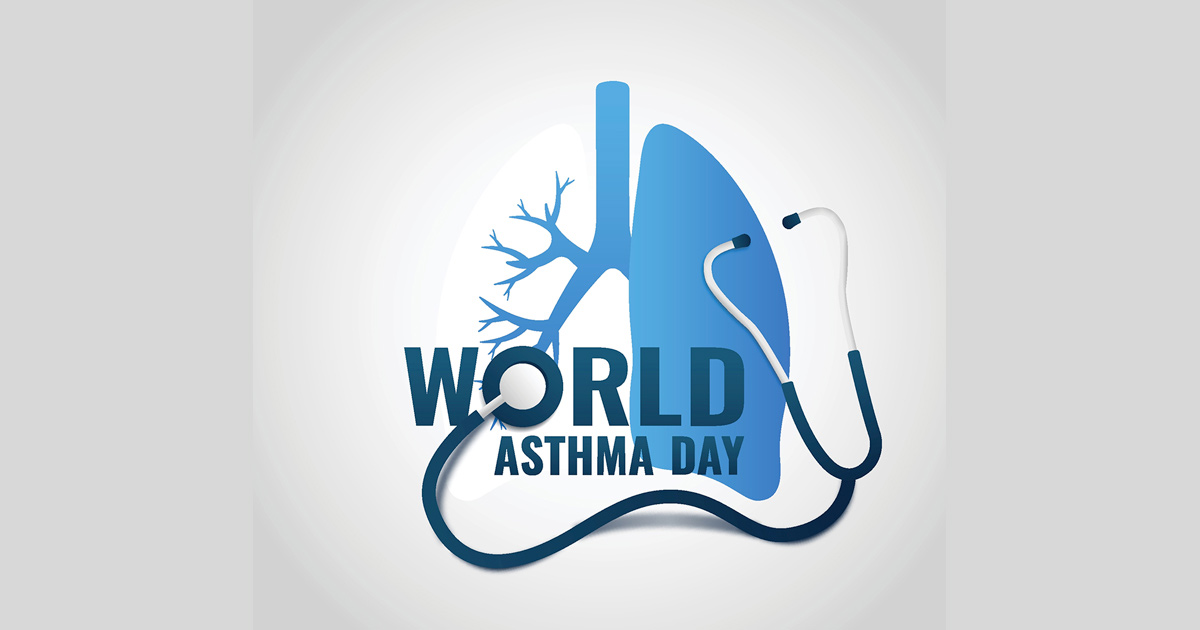
17
FEB 2023
National Institute of Environmental Health Sciences

07
NOV 2022
National Institute of Environmental Health Sciences

02
NOV 2022
National Institute of Environmental Health Sciences
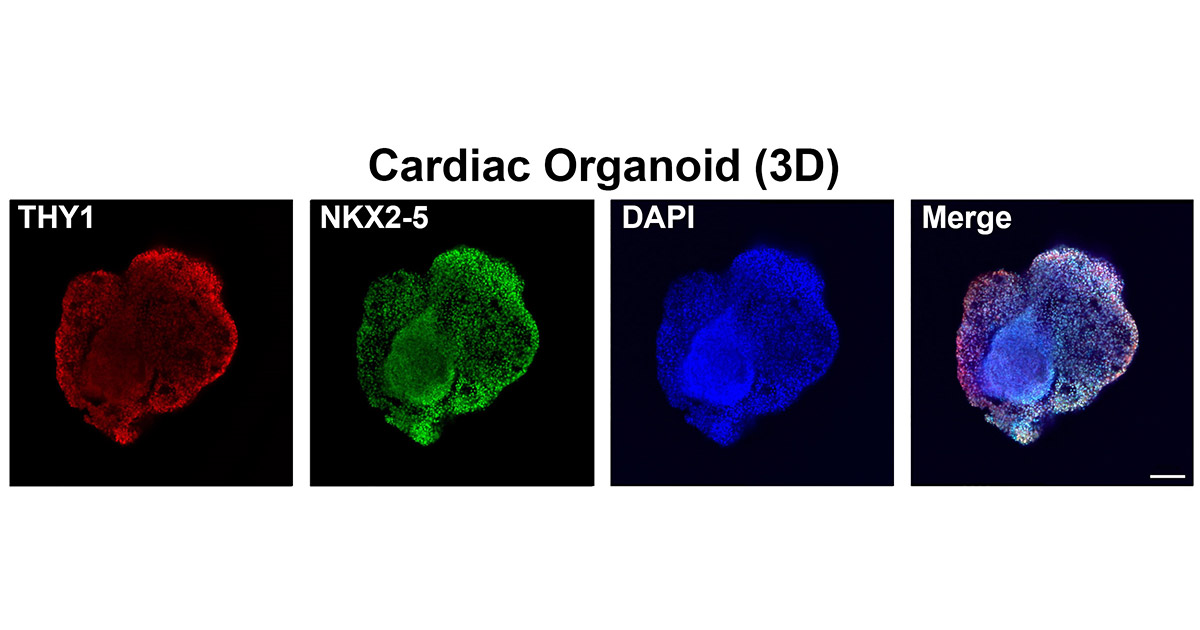
17
OCT 2022
National Institute of Environmental Health Sciences
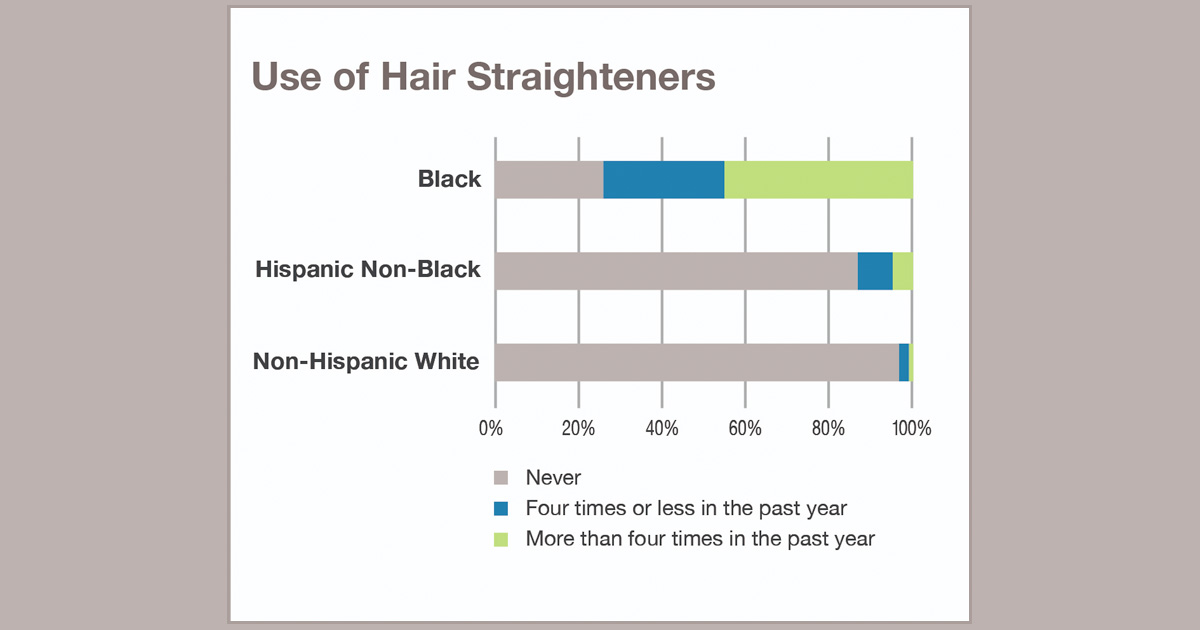
17
AUG 2022
National Institute of Environmental Health Sciences

05
AUG 2022
National Institute of Environmental Health Sciences
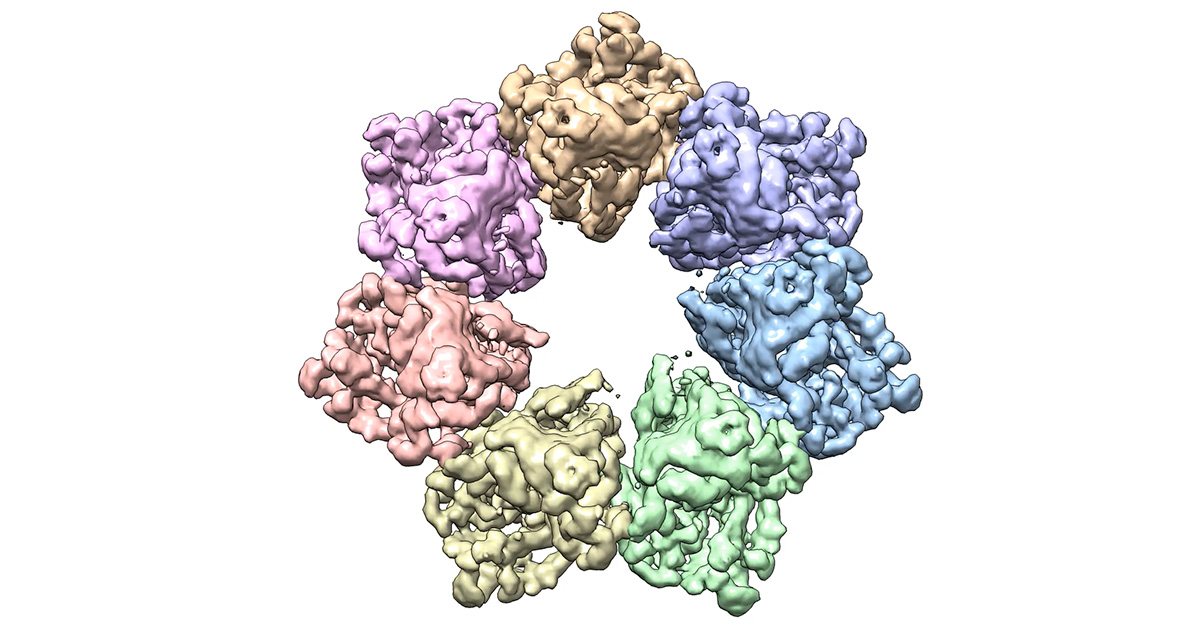
11
JUL 2022
National Institute of Environmental Health Sciences

03
MAY 2022
National Institute of Environmental Health Sciences
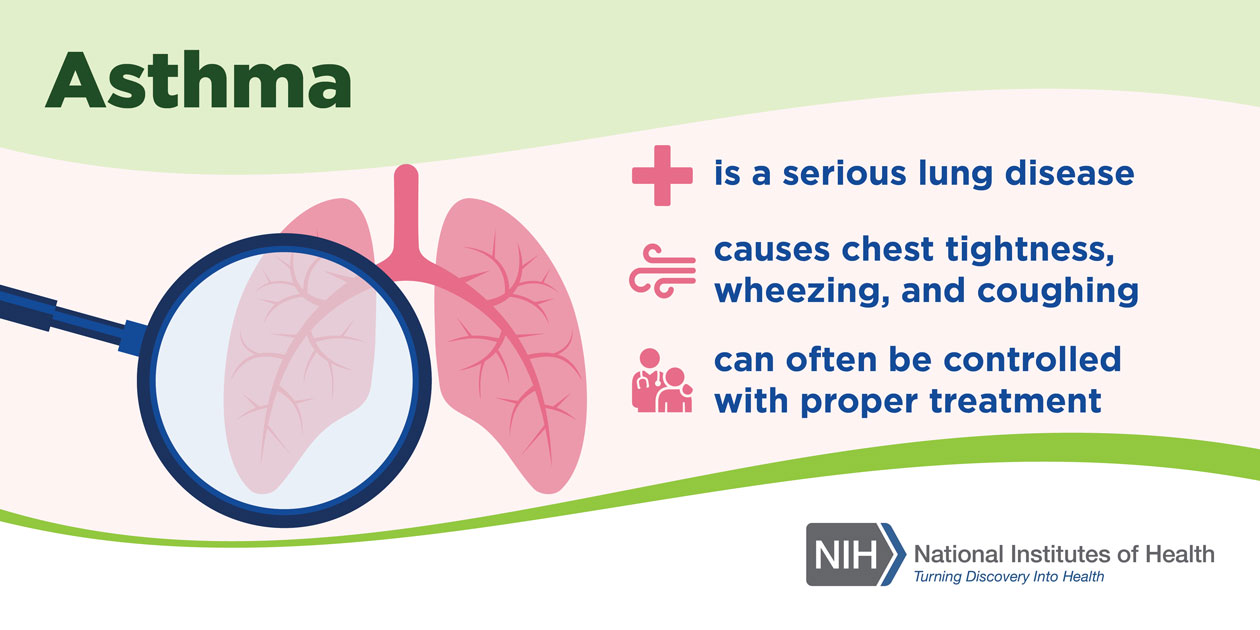
21
DEC 2021
National Institute of Environmental Health Sciences
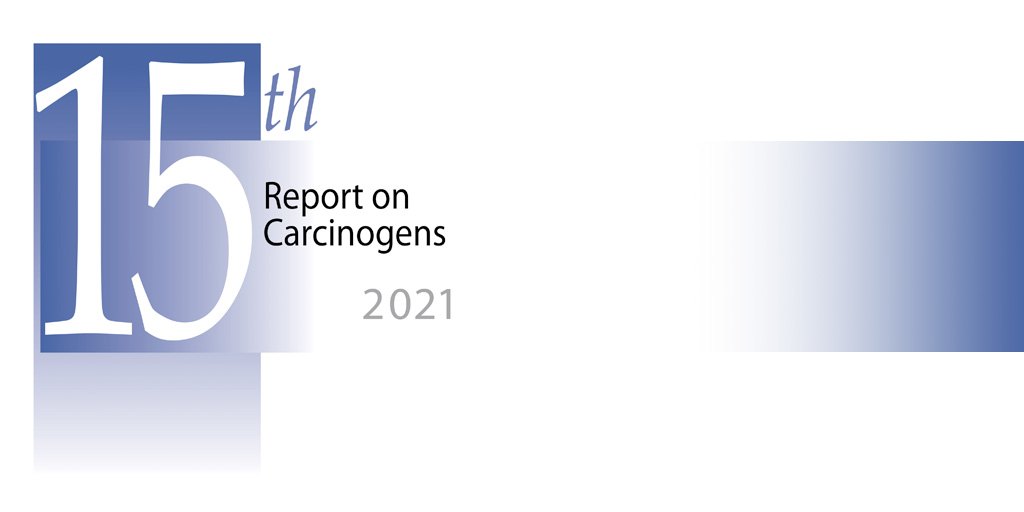
15
NOV 2021
National Institute of Environmental Health Sciences
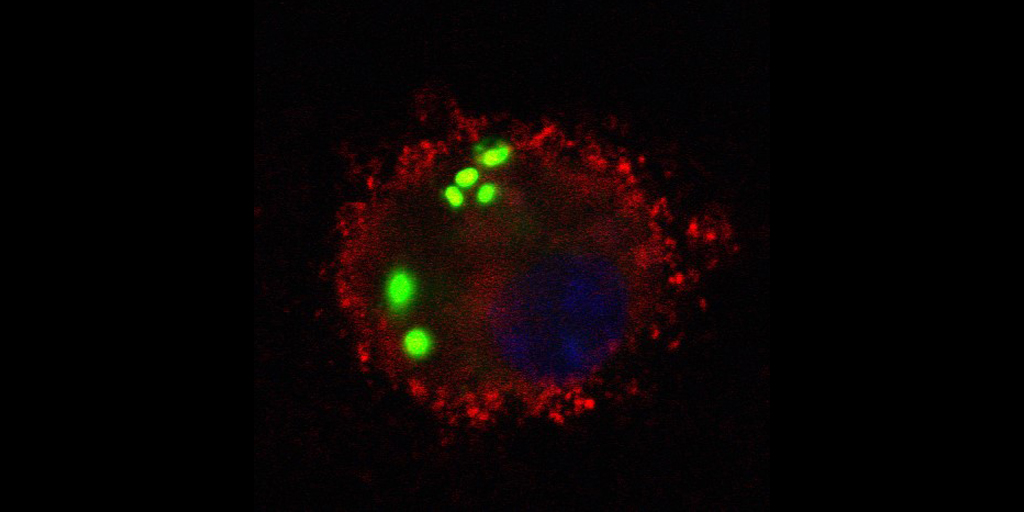
14
MAY 2021
National Institute of Environmental Health Sciences
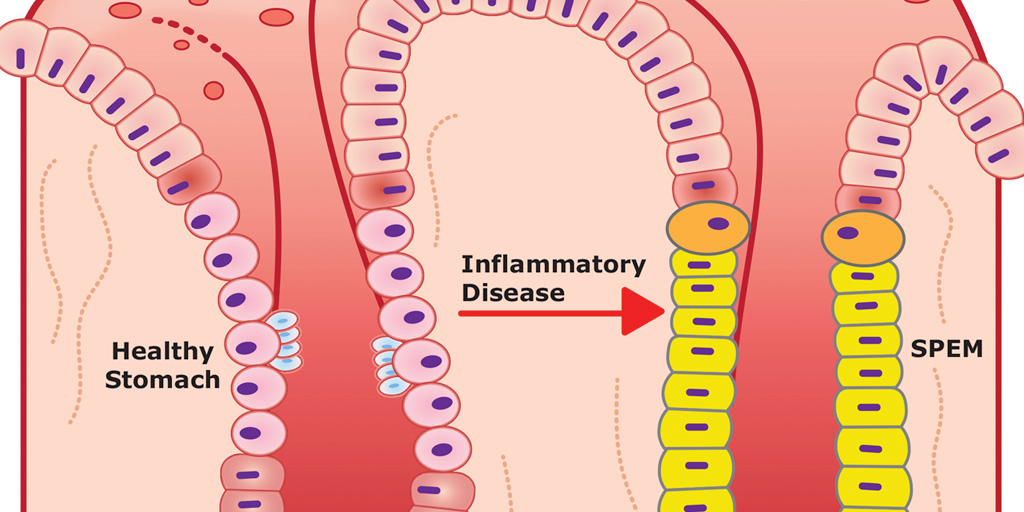
05
MAY 2021
National Institute of Environmental Health Sciences
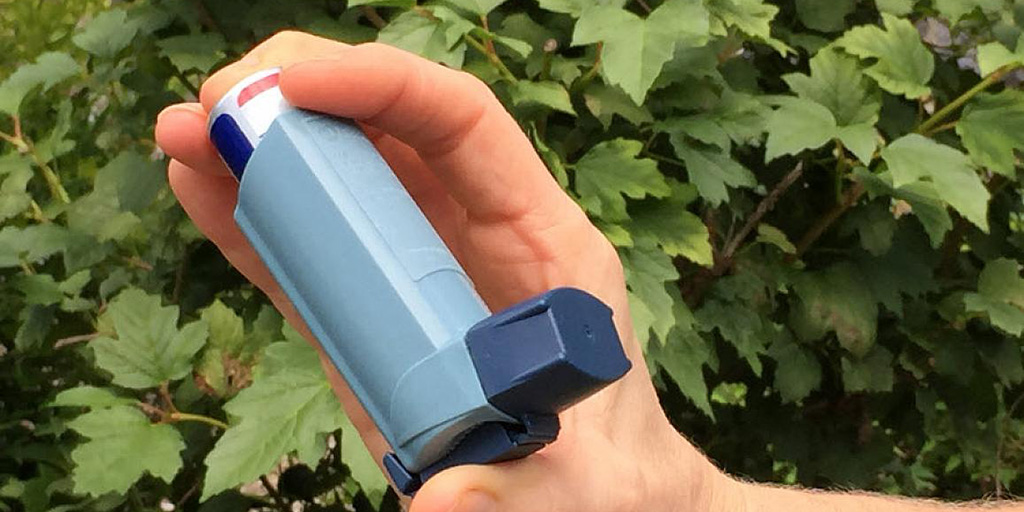
12
APR 2021
National Institute of Environmental Health Sciences
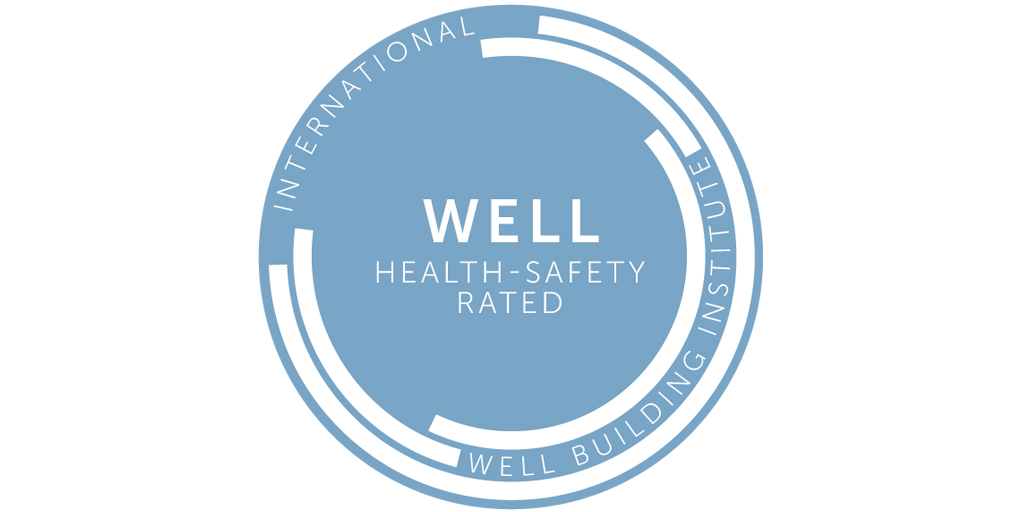
11
MAR 2021
National Institute of Environmental Health Sciences

10
MAR 2021
National Institute of Environmental Health Sciences
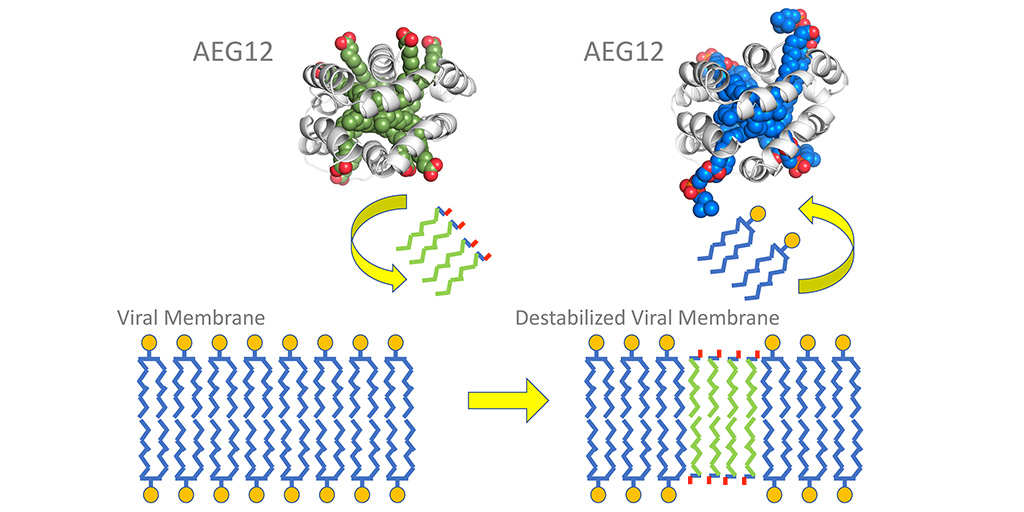
01
FEB 2021
National Institute of Environmental Health Sciences
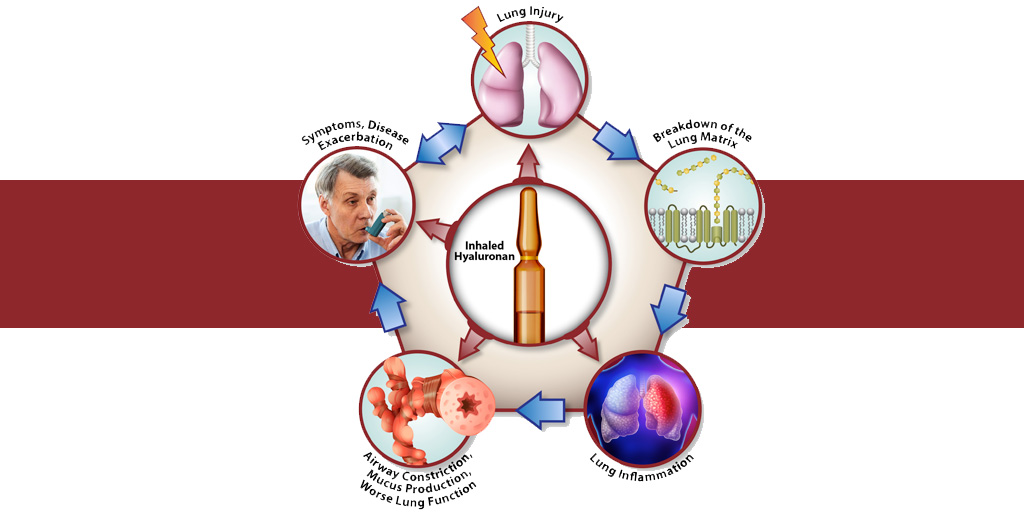
11
JUN 2020
National Institute of Environmental Health Sciences
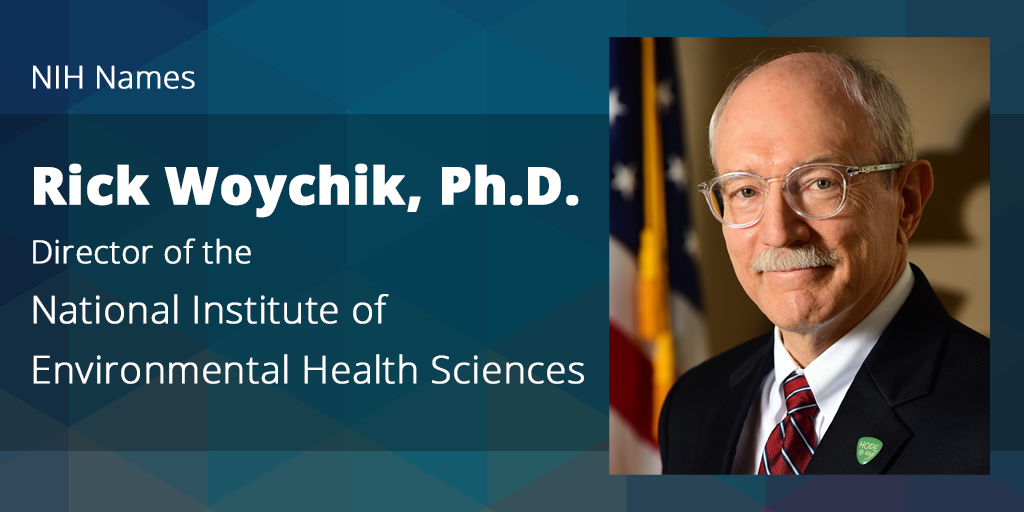
05
MAY 2020
National Institutes of Health
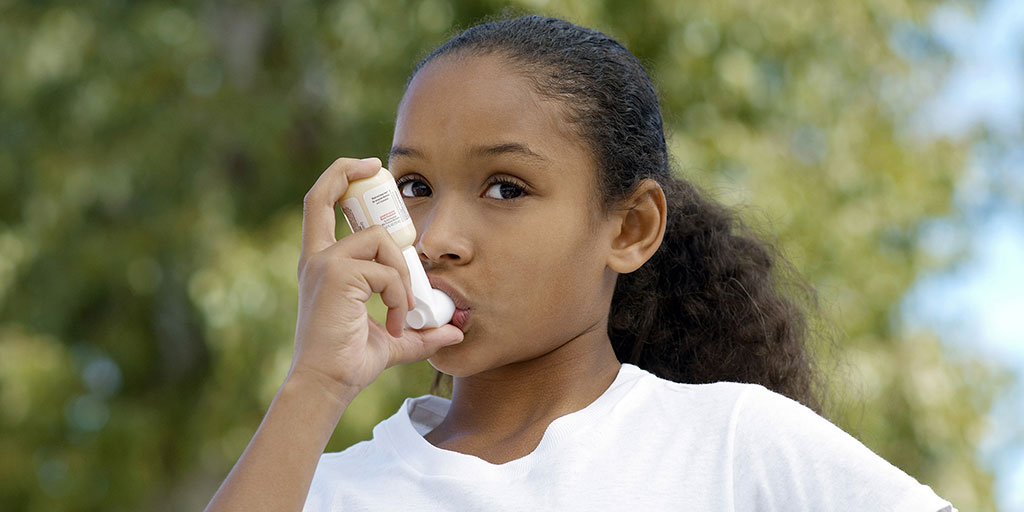
08
APR 2020
National Institute of Environmental Health Sciences
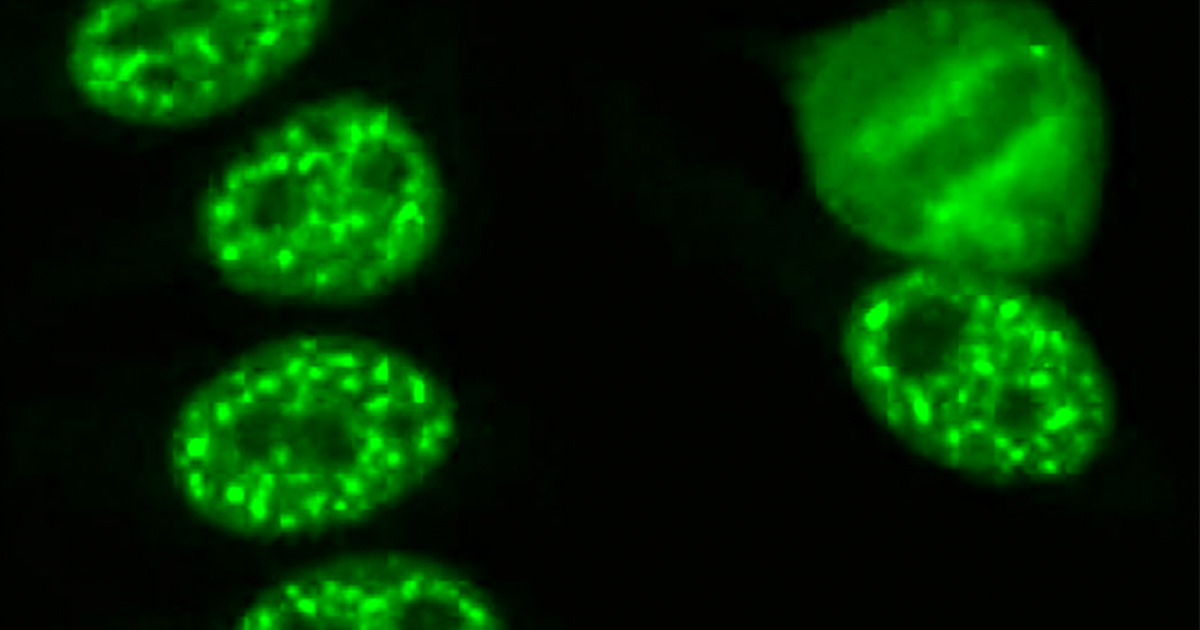
23
MAR 2020
National Institute of Environmental Health Sciences

18
DEC 2019
National Institute of Environmental Health Sciences
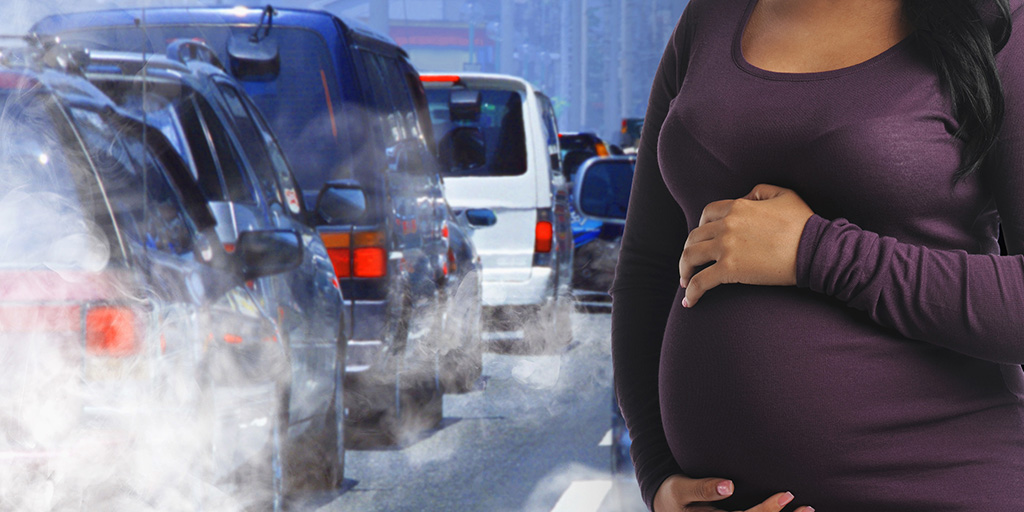
16
DEC 2019
National Institute of Environmental Health Sciences

04
DEC 2019
National Institute of Environmental Health Sciences

10
SEP 2019
National Institute of Environmental Health Sciences

26
AUG 2019
National Institute of Environmental Health Sciences
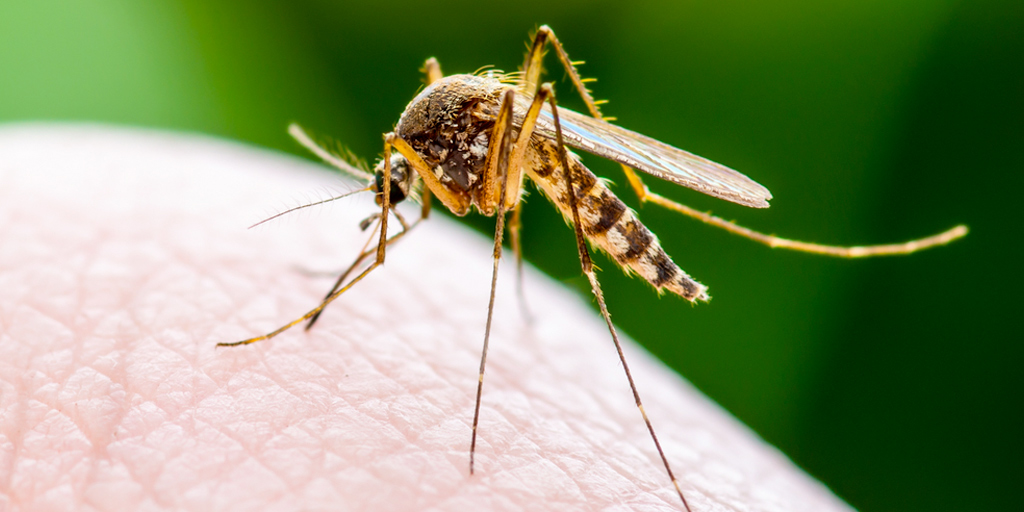
13
AUG 2019
National Institute of Environmental Health Sciences

10
JUN 2019
National Institute of Environmental Health Sciences

07
MAY 2019
National Institutes of Health
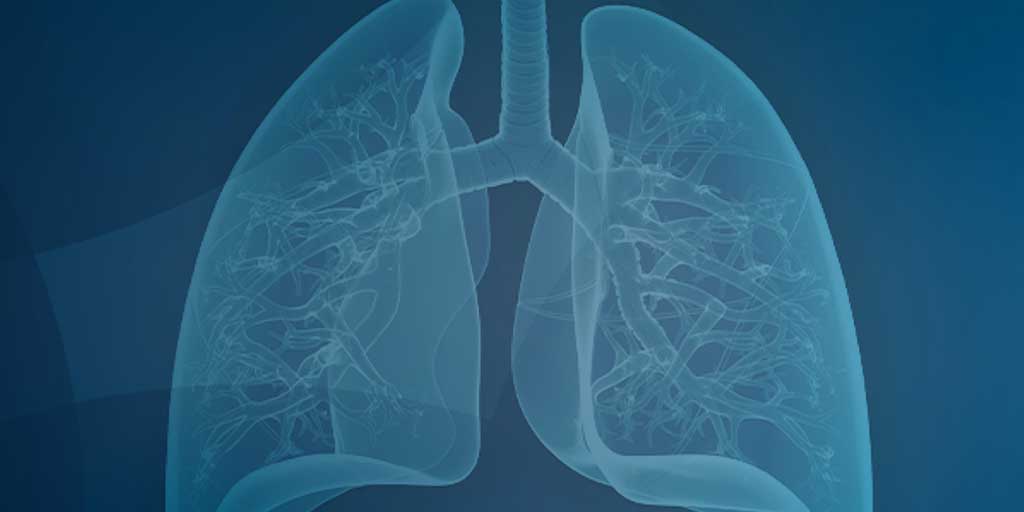
16
APR 2019
National Institute of Environmental Health Sciences
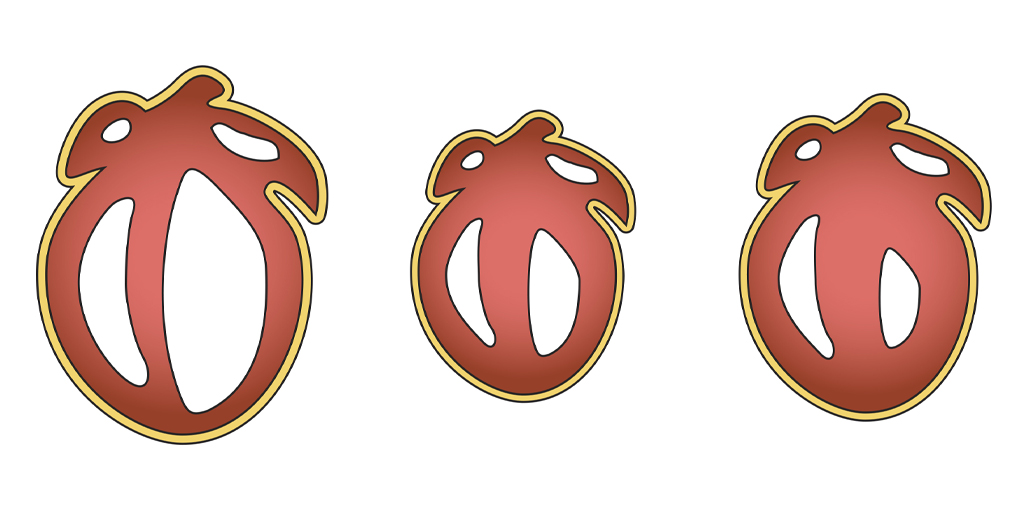
08
MAR 2019
National Institute of Environmental Health Sciences

22
FEB 2019
National Institute of Environmental Health Sciences

News Releases from NIEHS-funded Researchers
06
JAN 2025
Research Funded by NIEHS Grants

06
JAN 2025
Research Funded by NIEHS Grants

19
DEC 2024
Research Funded by NIEHS Grants
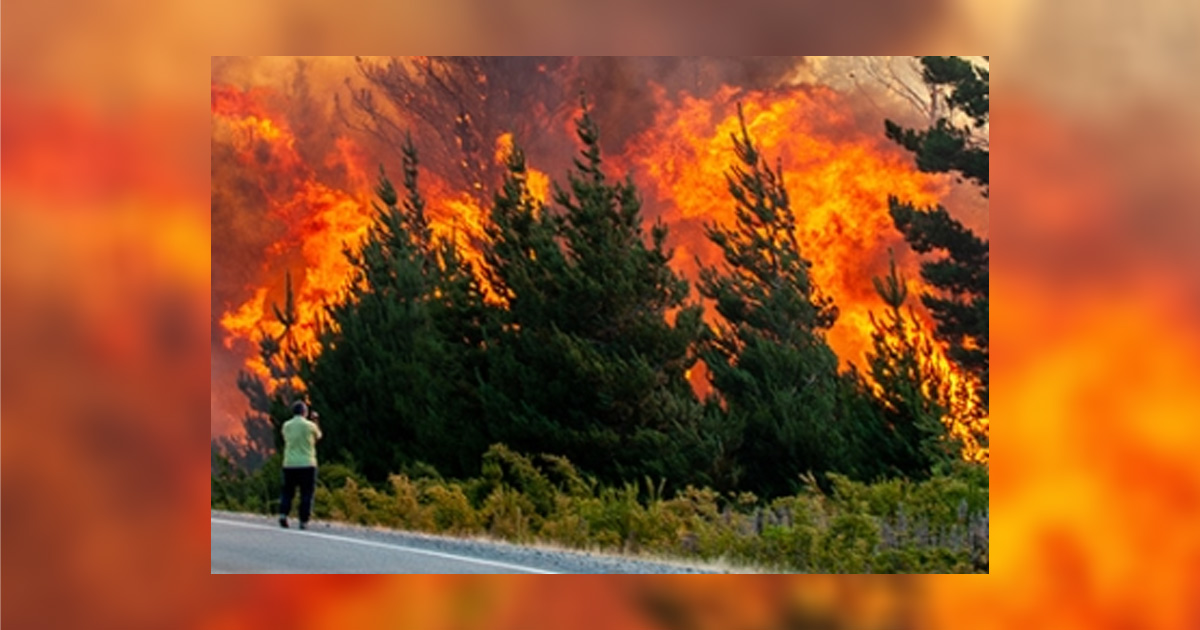
11
DEC 2024
Research Funded by NIEHS Grants

04
DEC 2024
Research Funded by NIEHS Grants

02
DEC 2024
Research Funded by NIEHS Grants

18
NOV 2024
Research Funded by NIEHS Grants

12
NOV 2024
Research Funded by NIEHS Grants

24
OCT 2024
National Institutes of Health
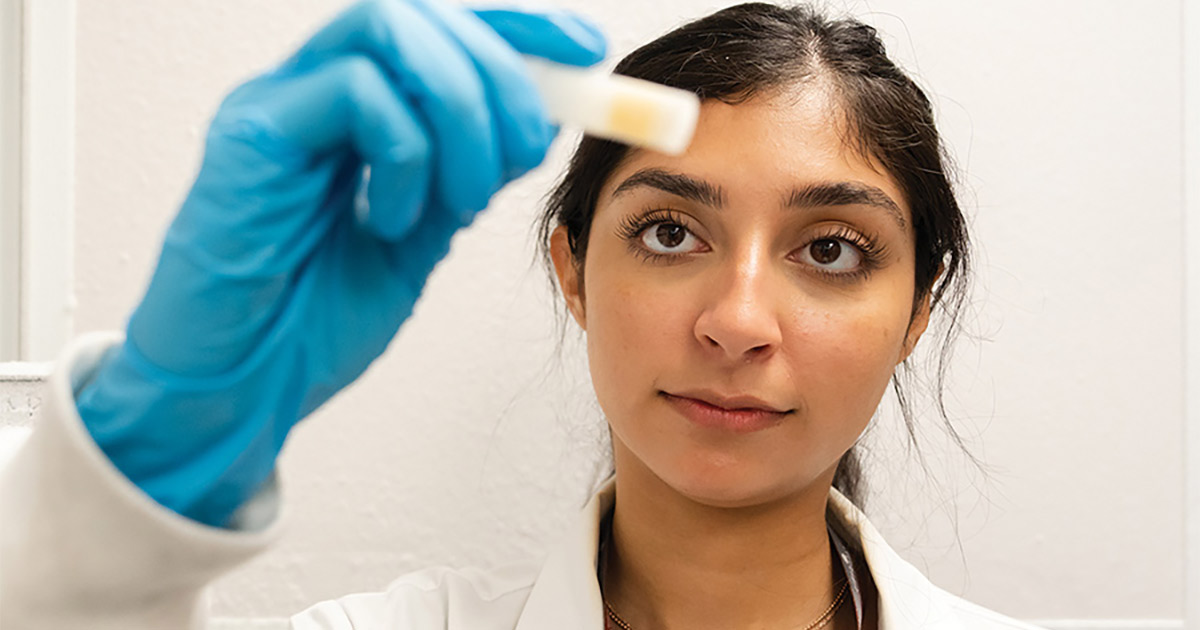
04
OCT 2024
Research Funded by NIEHS Grants

04
OCT 2024
Research Funded by NIEHS Grants

03
OCT 2024
Research Funded by NIEHS Grants

10
SEP 2024
Research Funded by NIEHS Grants
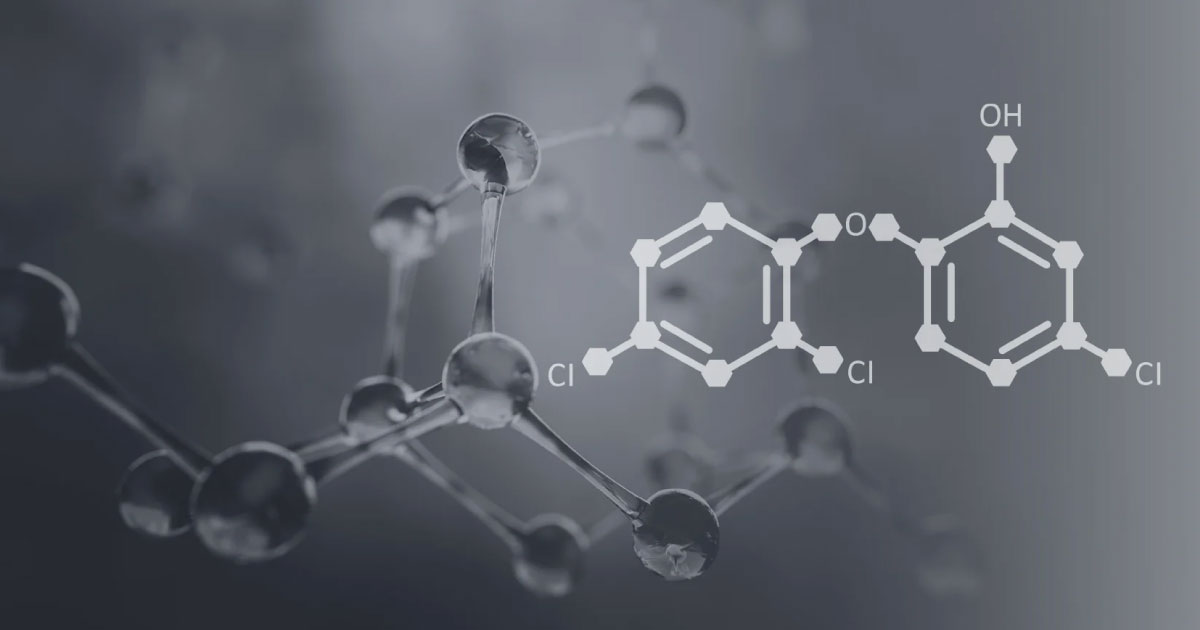
07
AUG 2024
Research Funded by NIEHS Grants
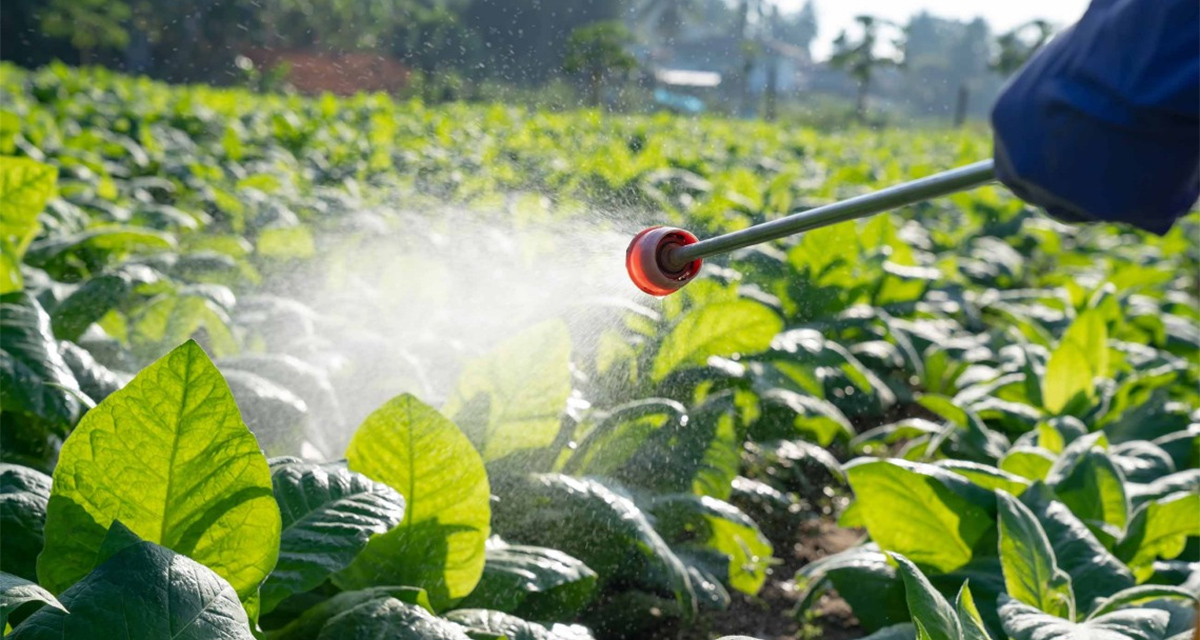
31
JUL 2024
Research Funded by NIEHS Grants

17
JUL 2024
Research Funded by NIEHS Grants
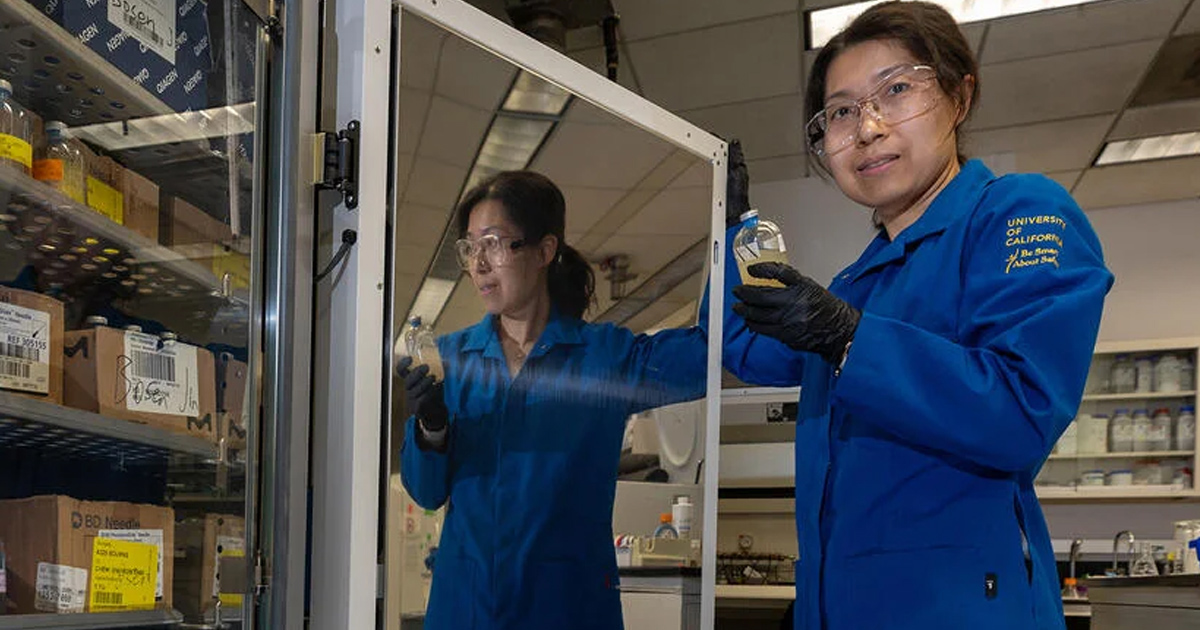
03
JUL 2024
Research Funded by NIEHS Grants

28
JUN 2024
Research Funded by NIEHS Grants

23
MAY 2024
Research Funded by NIEHS Grants

22
MAY 2024
Research Funded by NIEHS Grants

09
MAY 2024
Research Funded by NIEHS Grants

19
APR 2024
Research Funded by NIEHS Grants
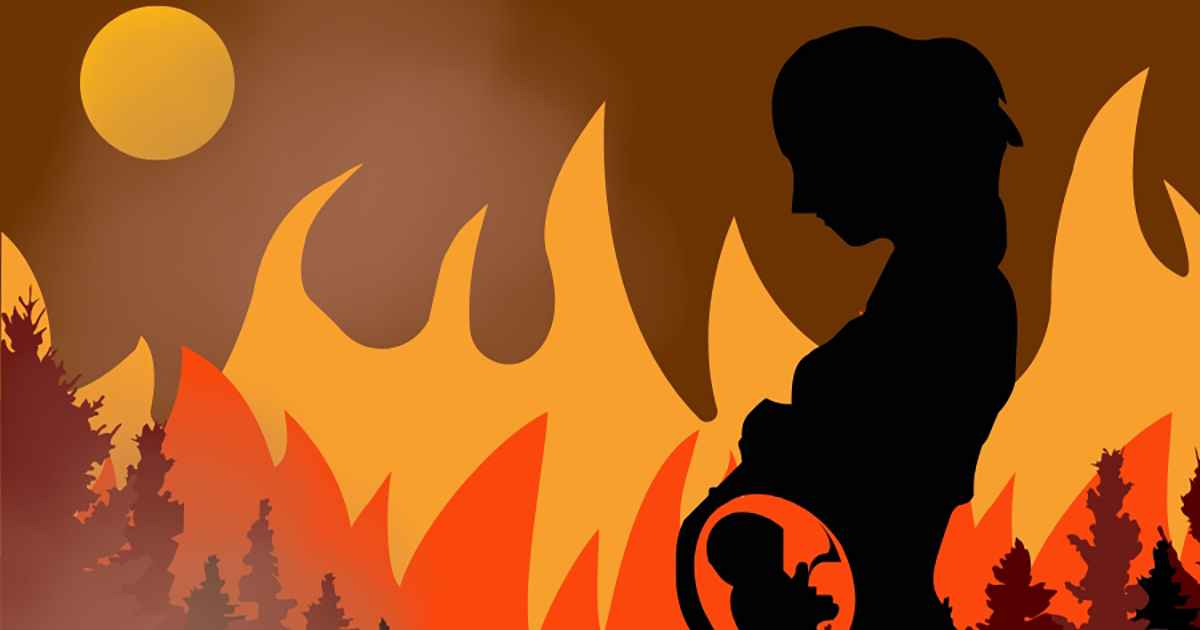
28
MAR 2024
Research Funded by NIEHS Grants
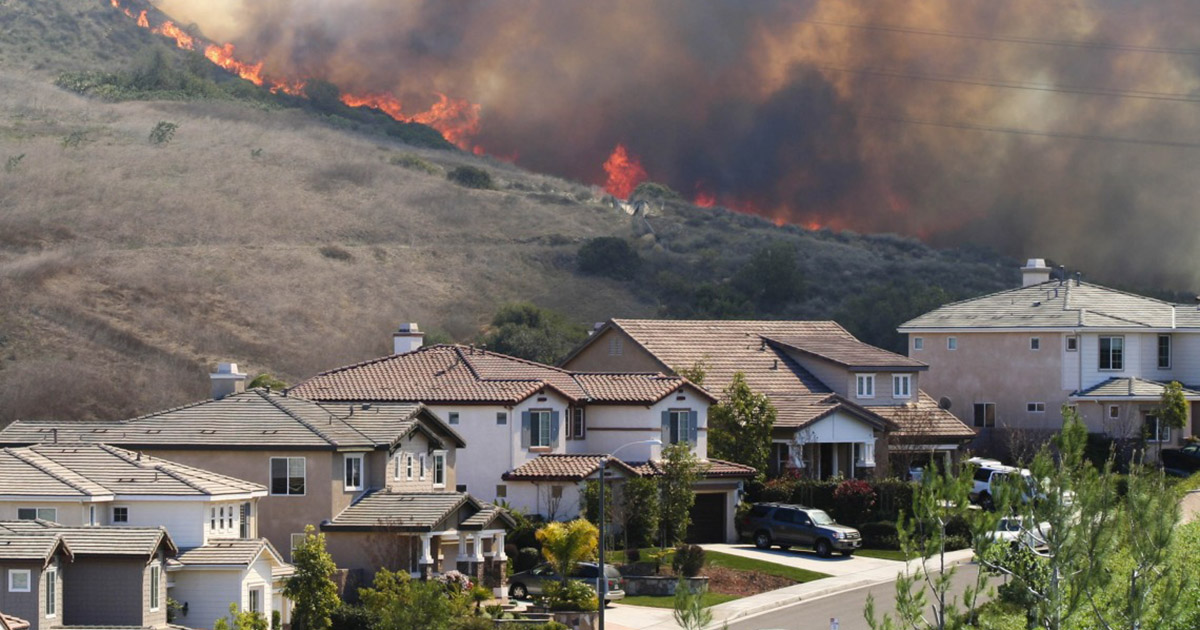
27
MAR 2024
Research Funded by NIEHS Grants
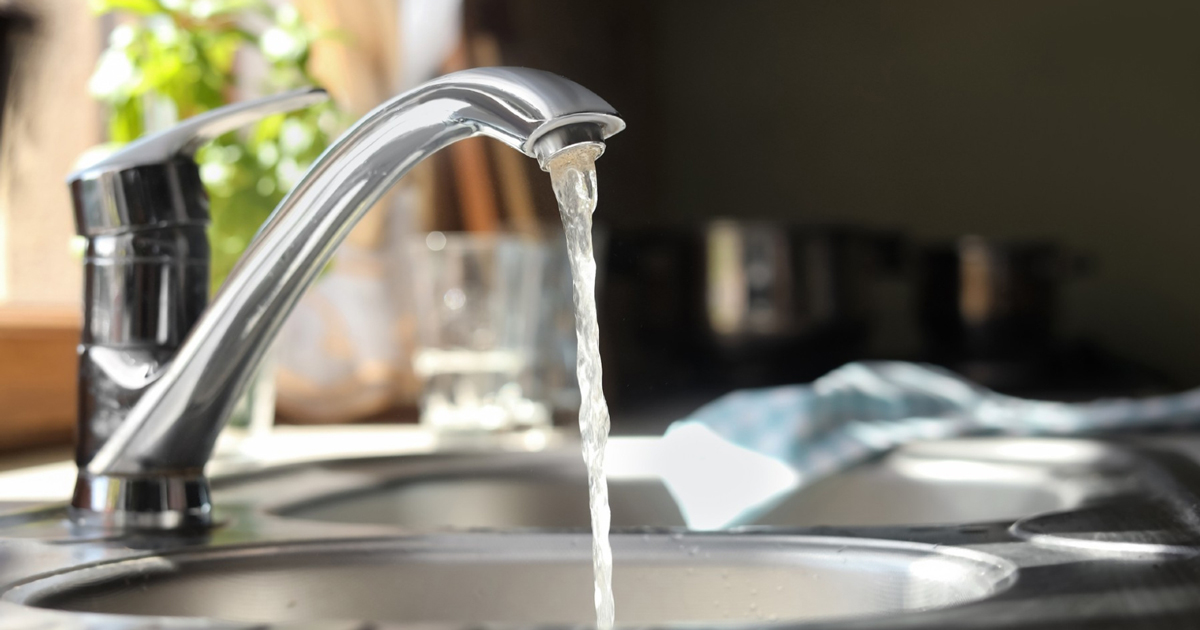
18
MAR 2024
Research Funded by NIEHS Grants

15
FEB 2024
Research Funded by NIEHS Grants
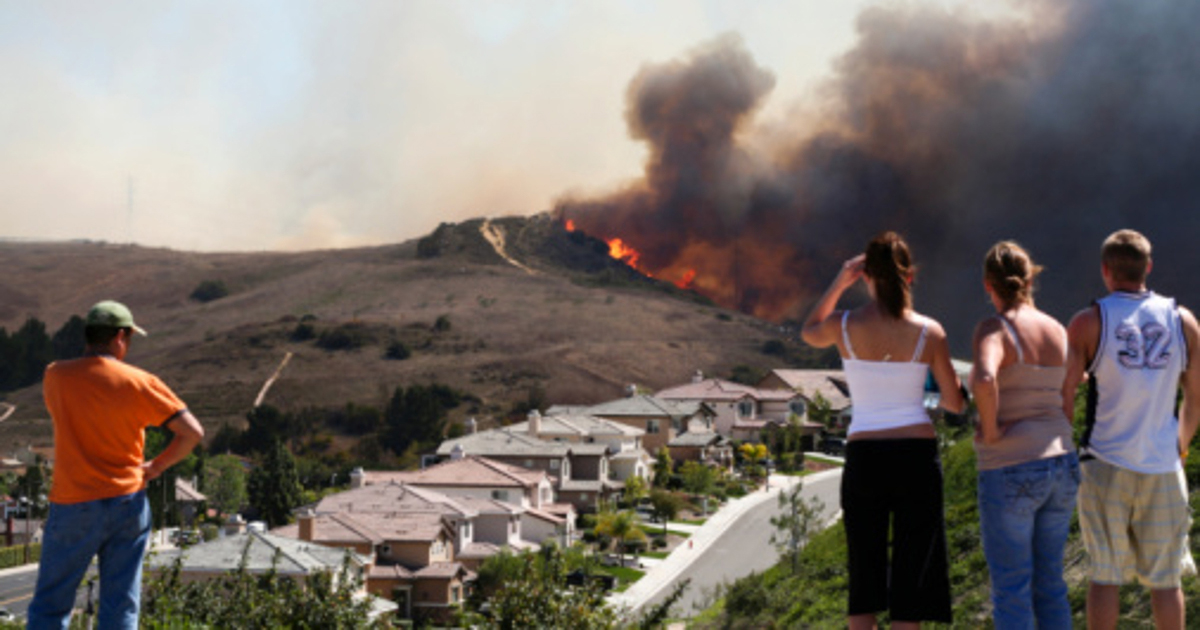
05
FEB 2024
Research Funded by NIEHS Grants

31
JAN 2024
Research Funded by NIEHS Grants
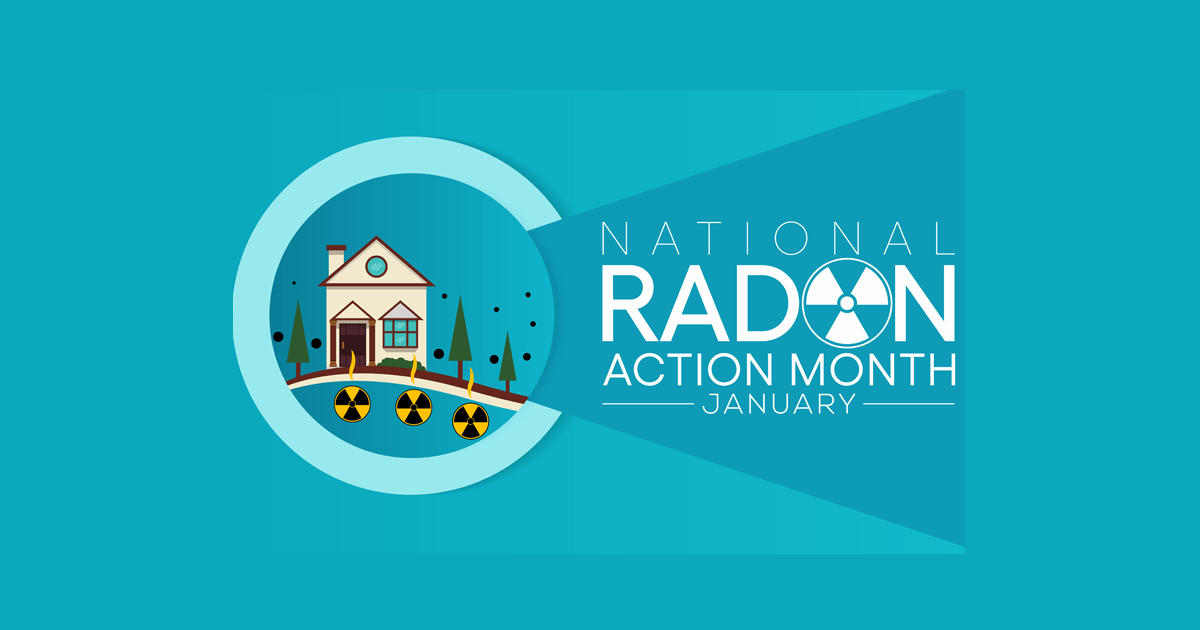
11
DEC 2023
Research Funded by NIEHS Grants

11
OCT 2023
Research Funded by NIEHS Grants

29
SEP 2023
Research Funded by NIEHS Grants
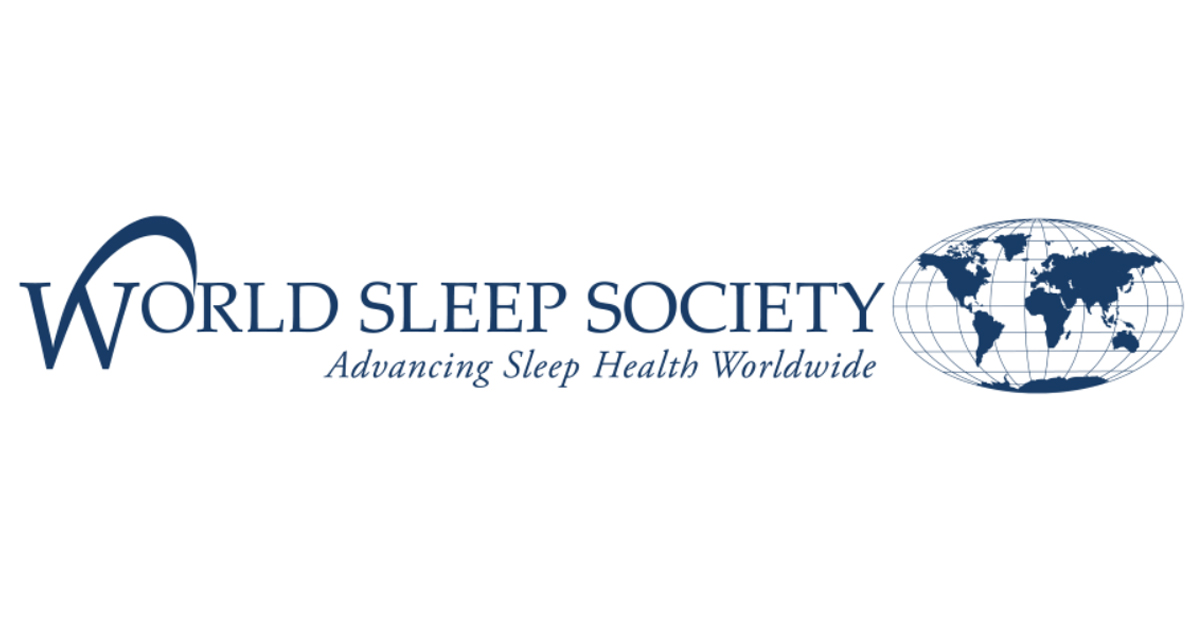
12
SEP 2023
National Institutes of Health

09
AUG 2023
Research Funded by NIEHS Grants

19
JUL 2023
Research Funded by NIEHS Grants
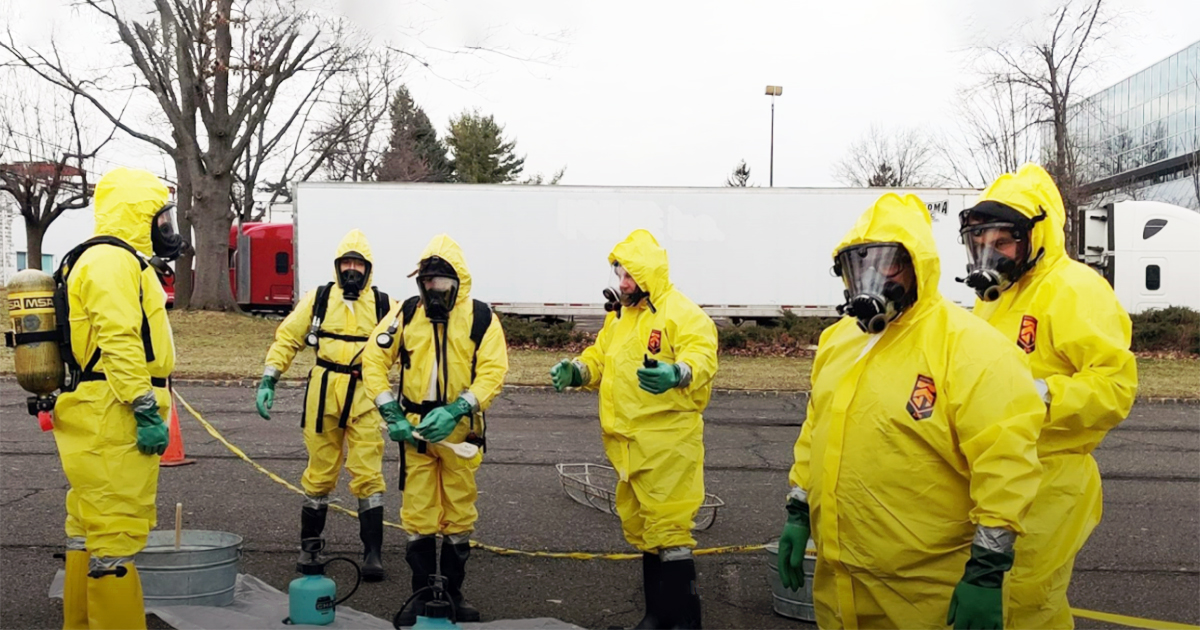
31
MAY 2023
Research Funded by NIEHS Grants

11
MAY 2023
National Institutes of Health

19
APR 2023
Research Funded by NIEHS Grants
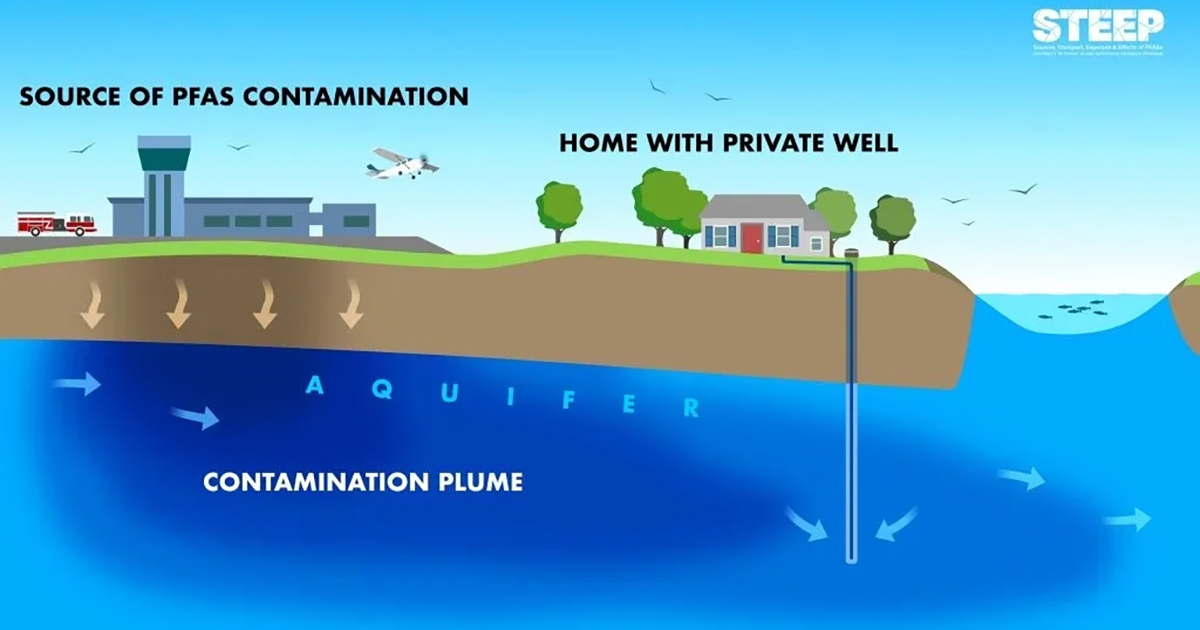
05
APR 2023
Research Funded by NIEHS Grants

21
MAR 2023
Research Funded by NIEHS Grants
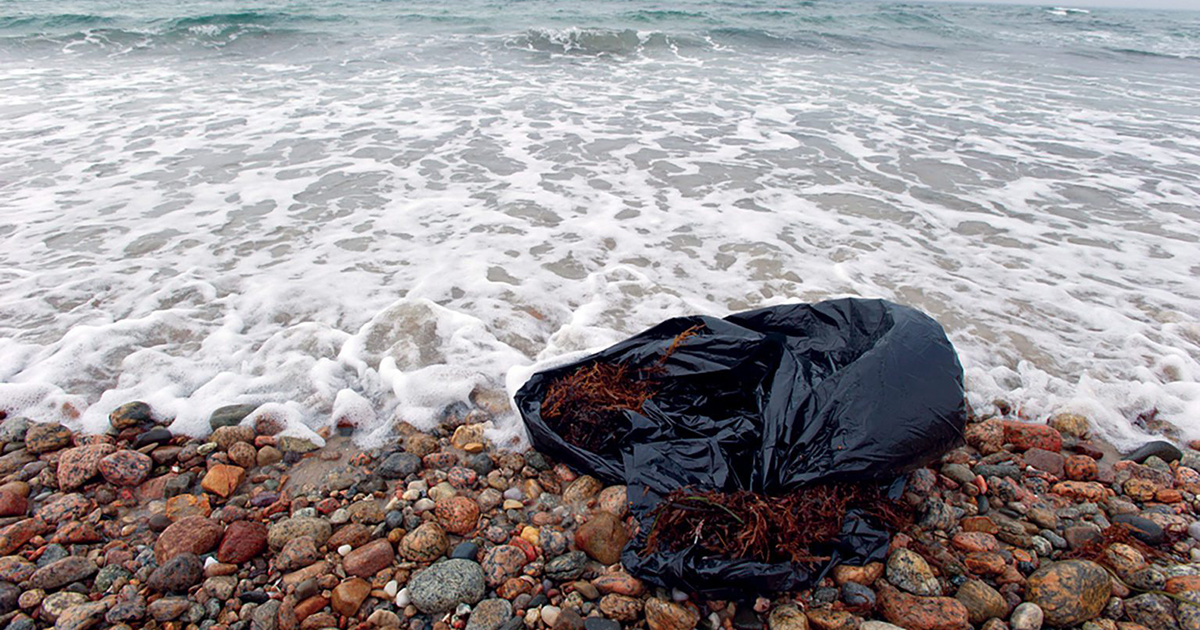
08
MAR 2023
Research Funded by NIEHS Grants

21
FEB 2023
Research Funded by NIEHS Grants
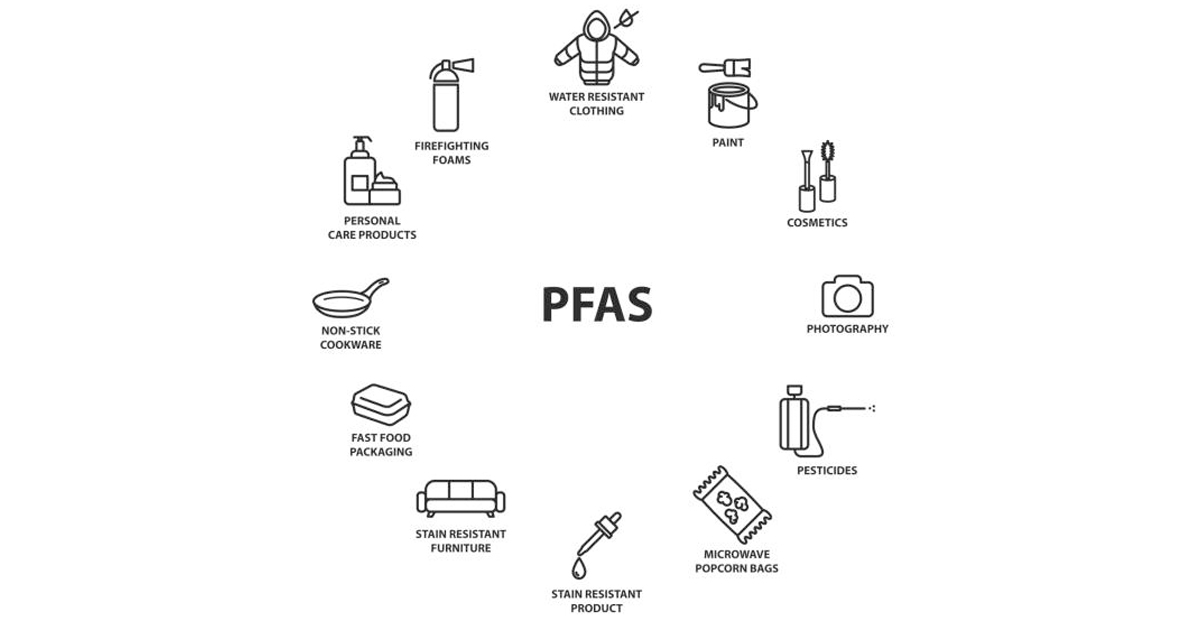
01
FEB 2023
Research Funded by NIEHS Grants

18
JAN 2023
Research Funded by NIEHS Grants

10
JAN 2023
Research Funded by NIEHS Grants

12
DEC 2022
Research Funded by NIEHS Grants
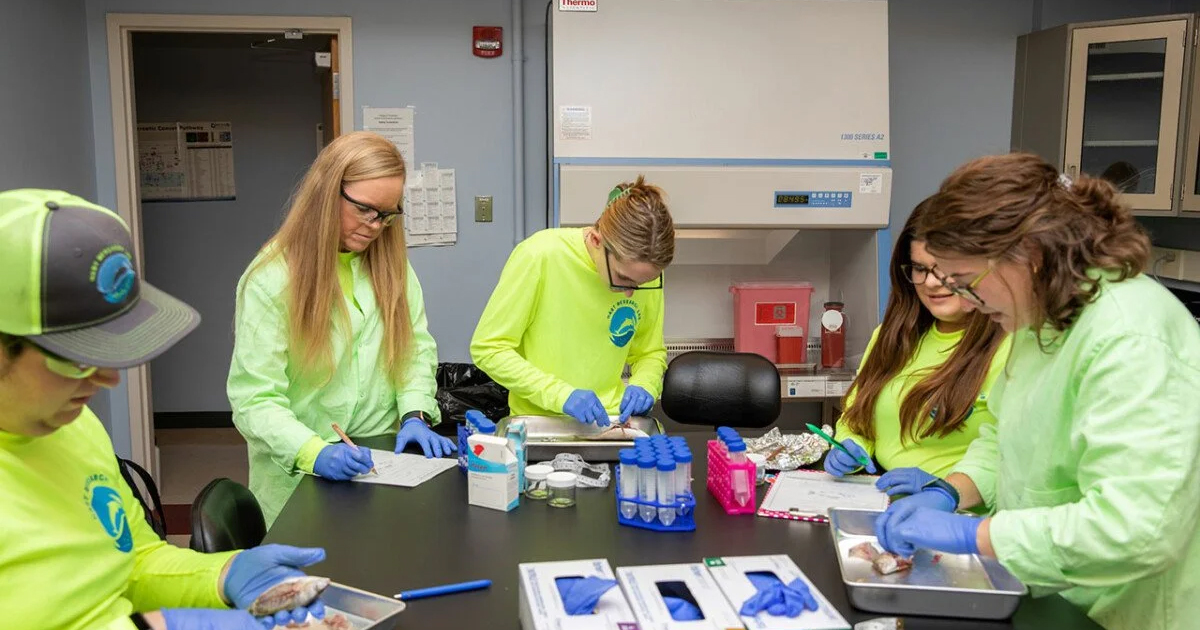
05
DEC 2022
Research Funded by NIEHS Grants

07
NOV 2022
Research Funded by NIEHS Grants

13
OCT 2022
Research Funded by NIEHS Grants

03
OCT 2022
Research Funded by NIEHS Grants

08
SEP 2022
Research Funded by NIEHS Grants

06
SEP 2022
Research Funded by NIEHS Grants

06
SEP 2022
Research Funded by NIEHS Grants

30
AUG 2022
Research Funded by NIEHS Grants
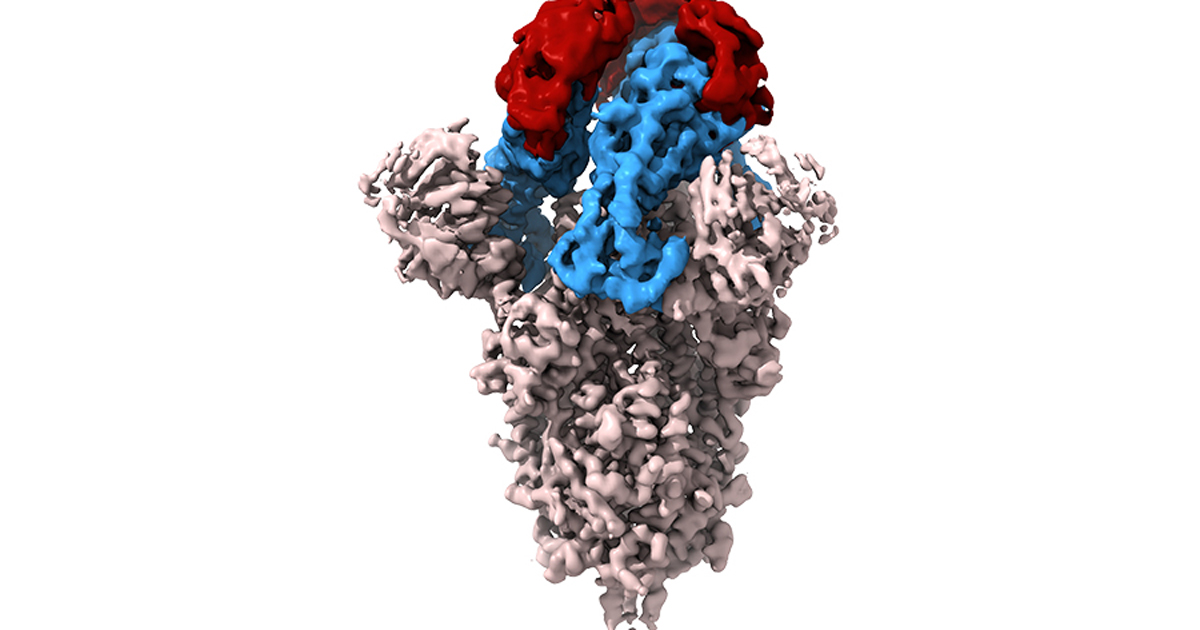
12
AUG 2022
Research Funded by NIEHS Grants
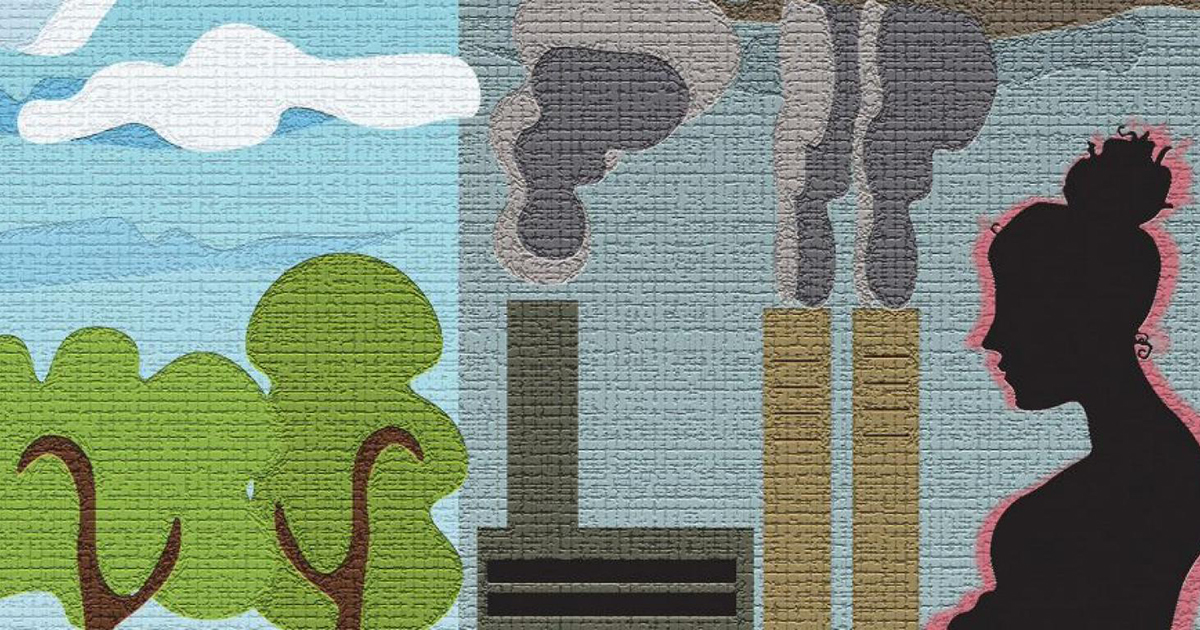
03
AUG 2022
Research Funded by NIEHS Grants

27
JUL 2022
Research Funded by NIEHS Grants

20
JUL 2022
Research Funded by NIEHS Grants
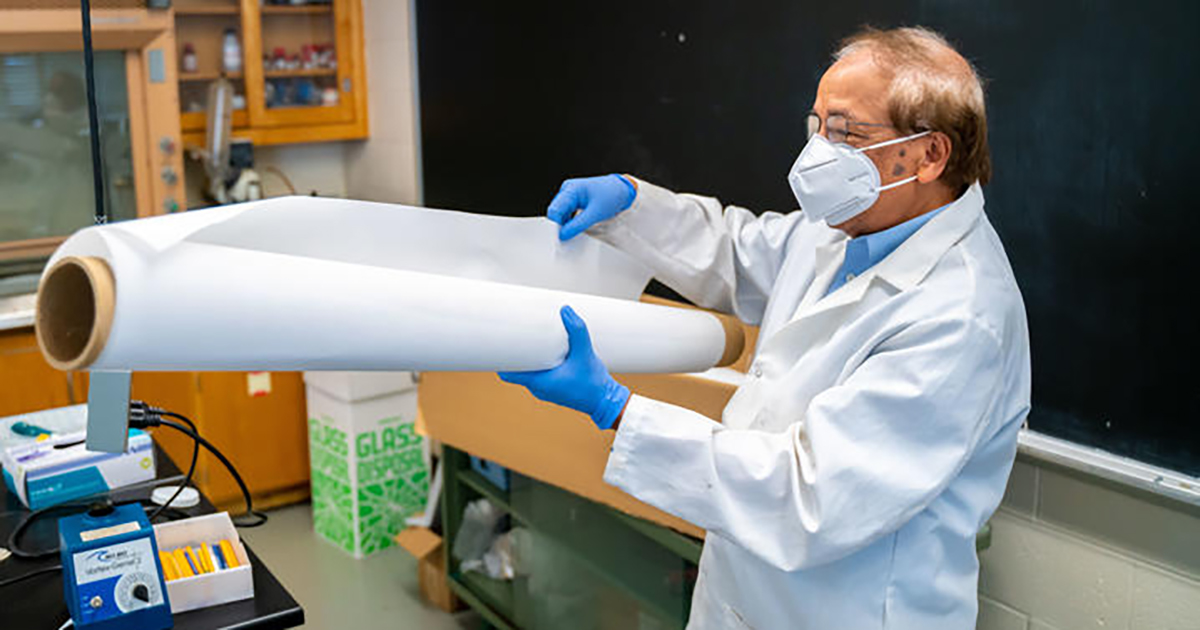
29
JUN 2022
Research Funded by NIEHS Grants

24
JUN 2022
Research Funded by NIEHS Grants

20
JUN 2022
Research Funded by NIEHS Grants

27
MAY 2022
Research Funded by NIEHS Grants

19
MAY 2022
National Institutes of Health

18
MAY 2022
Research Funded by NIEHS Grants

25
APR 2022
Research Funded by NIEHS Grants

18
APR 2022
Research Funded by NIEHS Grants

13
APR 2022
Research Funded by NIEHS Grants
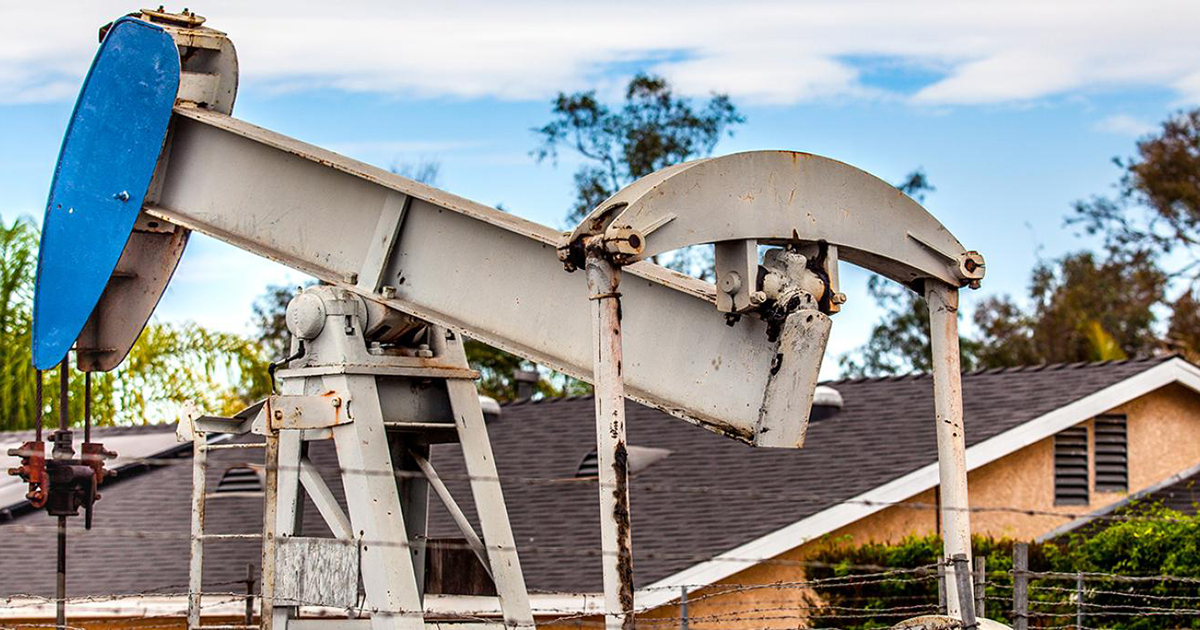
25
MAR 2022
National Institutes of Health

21
MAR 2022
Research Funded by NIEHS Grants
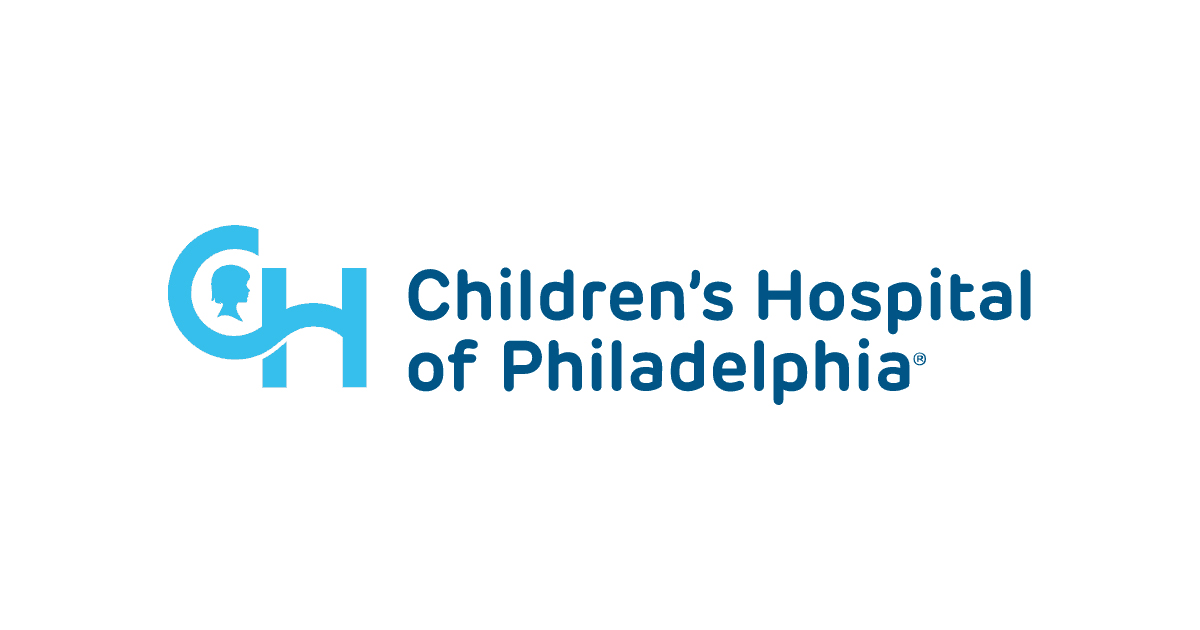
08
MAR 2022
Research Funded by NIEHS Grants
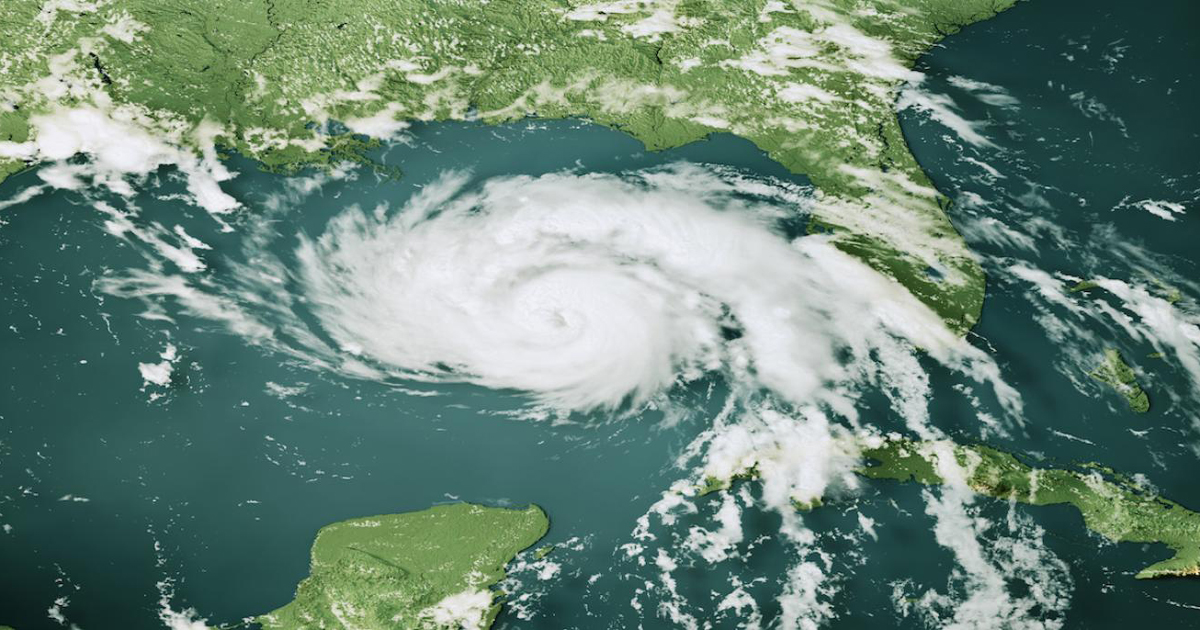
25
FEB 2022
Research Funded by NIEHS Grants

16
FEB 2022
Research Funded by NIEHS Grants

14
FEB 2022
Research Funded by NIEHS Grants

09
DEC 2021
Research Funded by NIEHS Grants

26
OCT 2021
National Institutes of Health

18
OCT 2021
Research Funded by NIEHS Grants

06
SEP 2021
National Institutes of Health

29
JUL 2021
Research Funded by NIEHS Grants

10
MAY 2021
Research Funded by NIEHS Grants
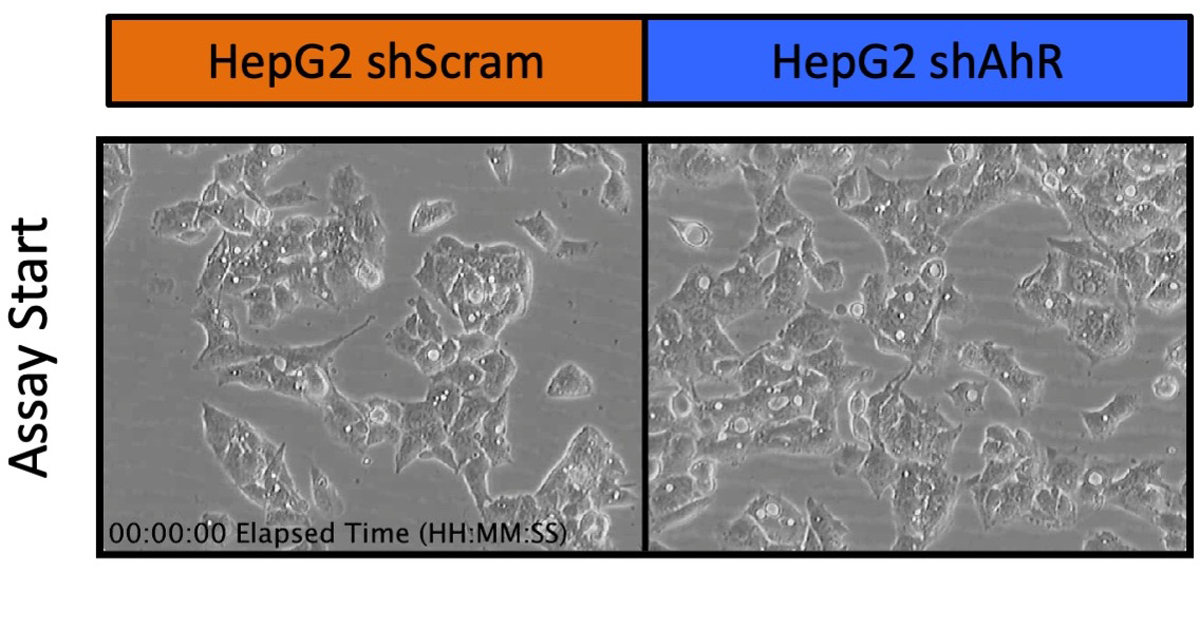
06
APR 2021
Research Funded by NIEHS Grants

16
FEB 2021
Research Funded by NIEHS Grants

21
DEC 2020
National Institutes of Health

19
NOV 2020
Research Funded by NIEHS Grants

18
NOV 2020
Research Funded by NIEHS Grants

28
OCT 2020
Research Funded by NIEHS Grants
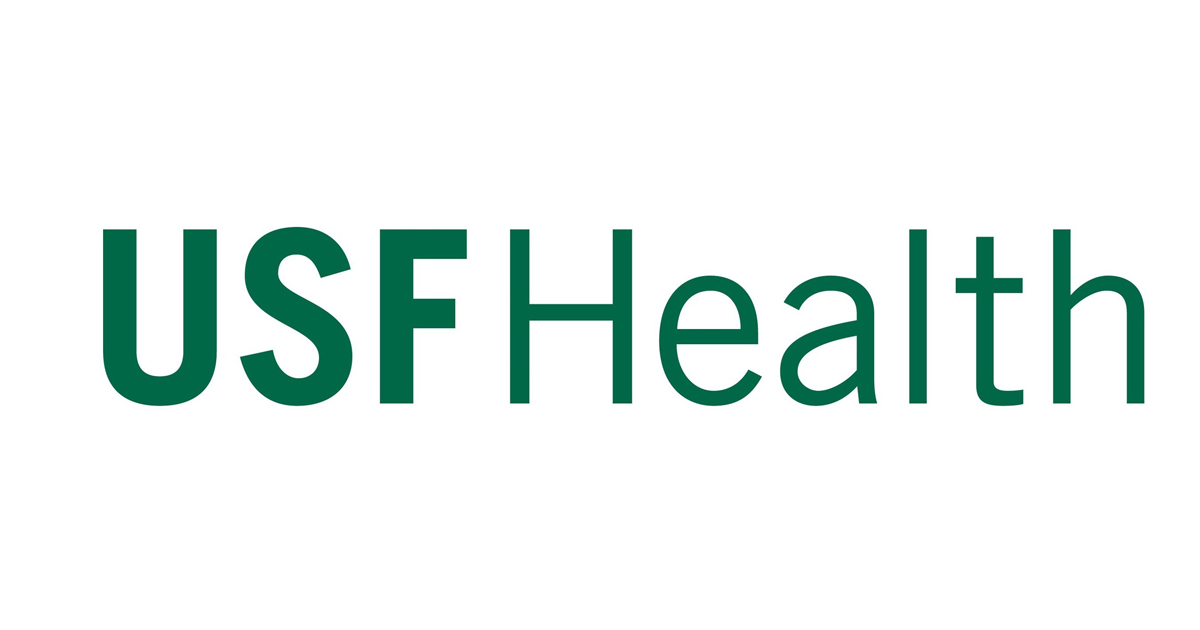
19
OCT 2020
Research Funded by NIEHS Grants
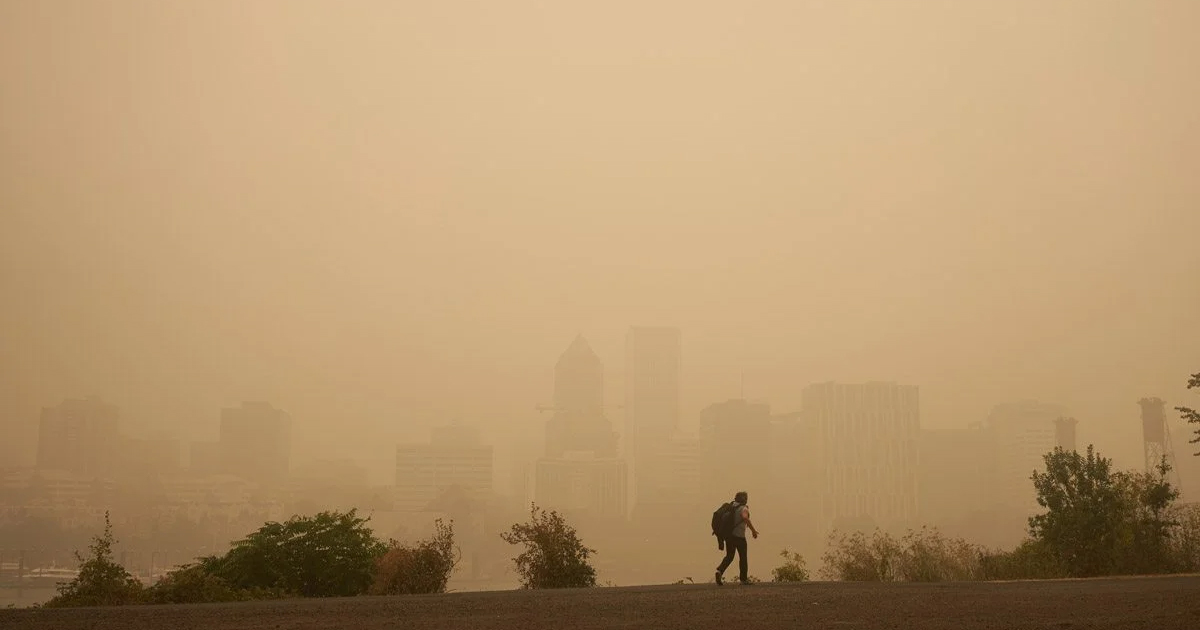
12
OCT 2020
Research Funded by NIEHS Grants
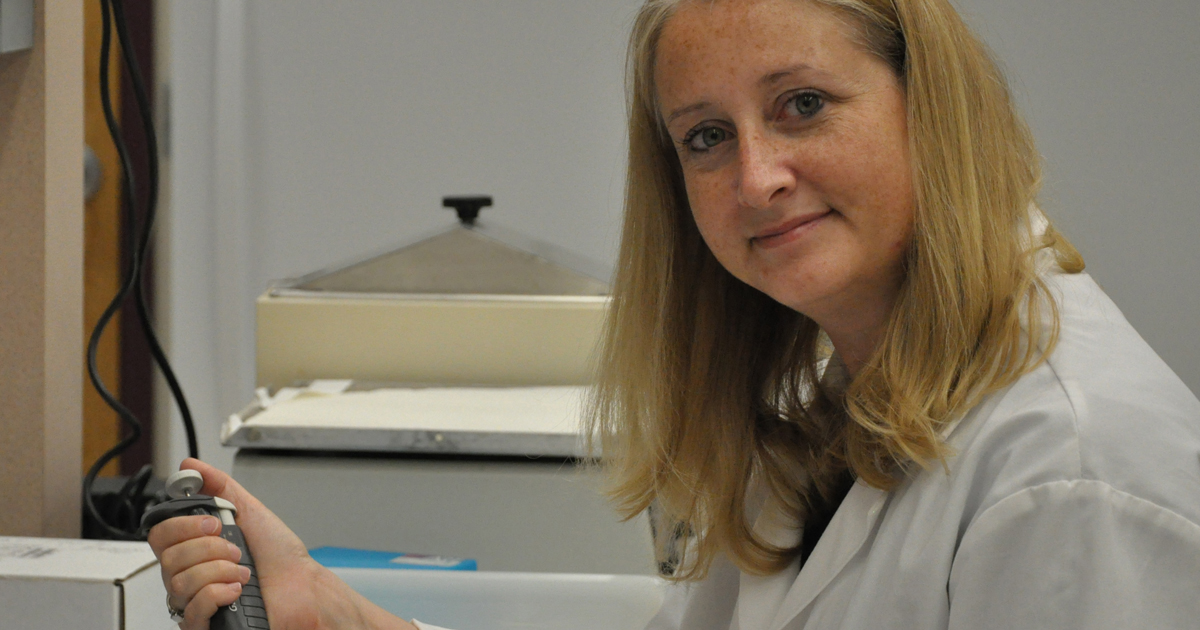
29
SEP 2020
Research Funded by NIEHS Grants

21
SEP 2020
Research Funded by NIEHS Grants

26
AUG 2020
Research Funded by NIEHS Grants

20
AUG 2020
Research Funded by NIEHS Grants

12
AUG 2020
Research Funded by NIEHS Grants

06
AUG 2020
Research Funded by NIEHS Grants
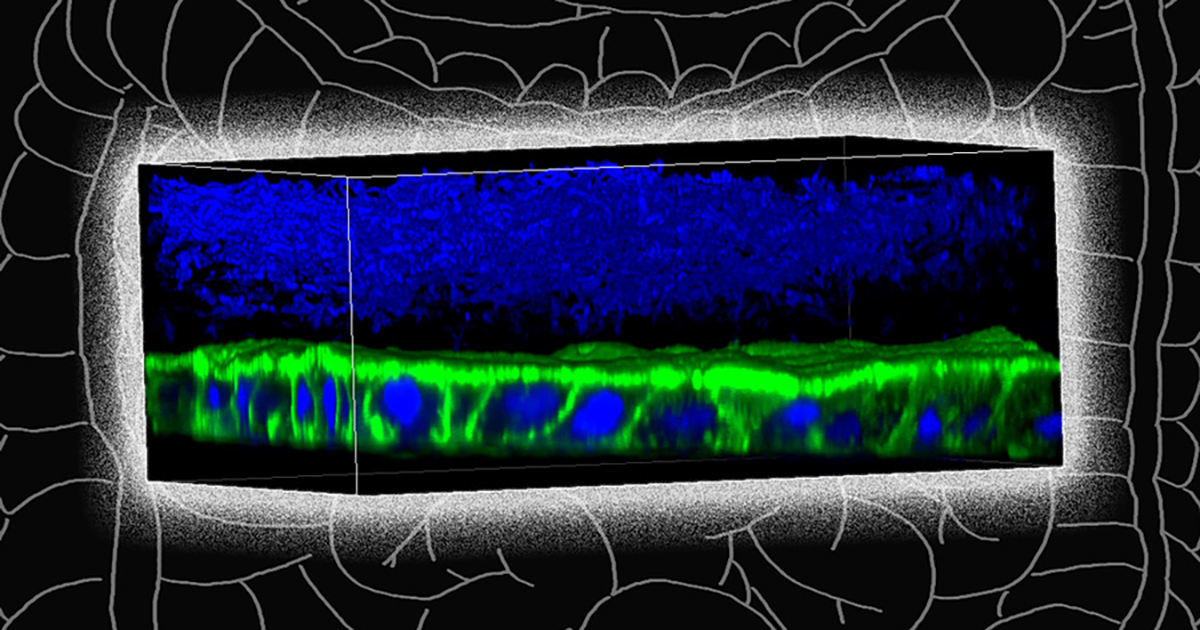
29
JUL 2020
Research Funded by NIEHS Grants
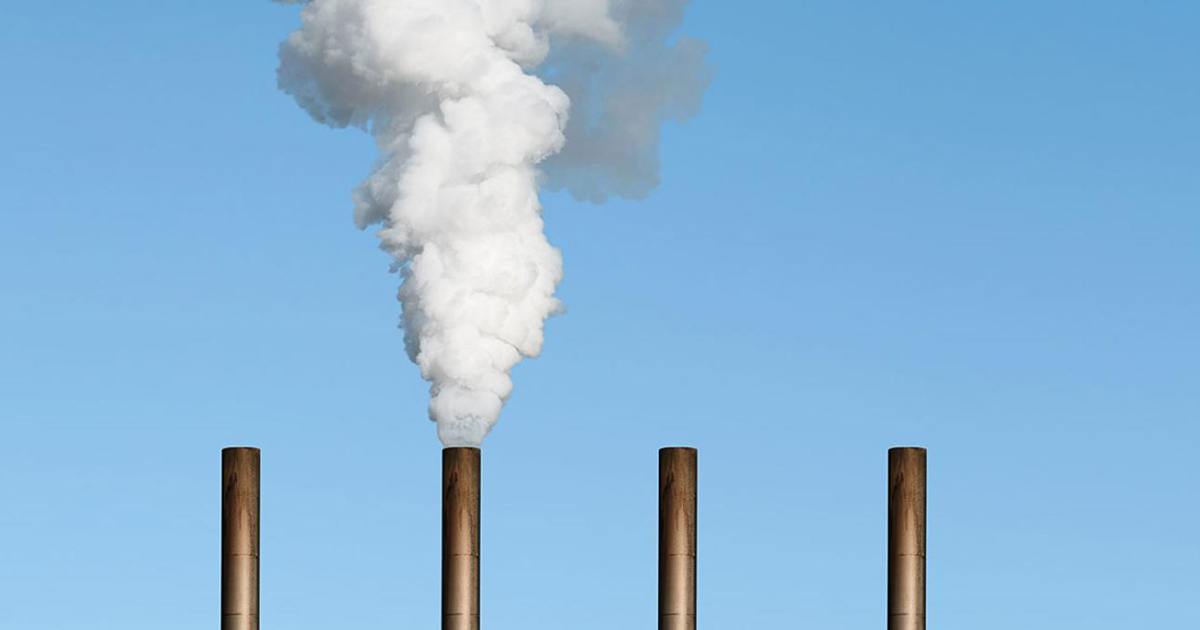
28
JUL 2020
Research Funded by NIEHS Grants
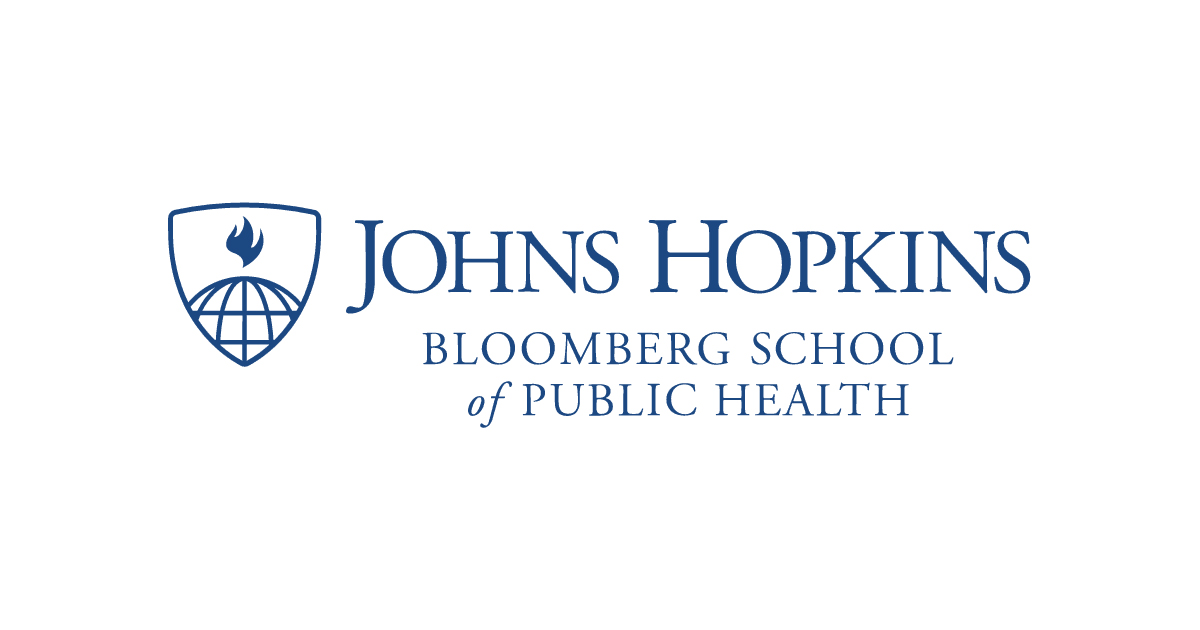
22
JUL 2020
Research Funded by NIEHS Grants

22
JUL 2020
Research Funded by NIEHS Grants
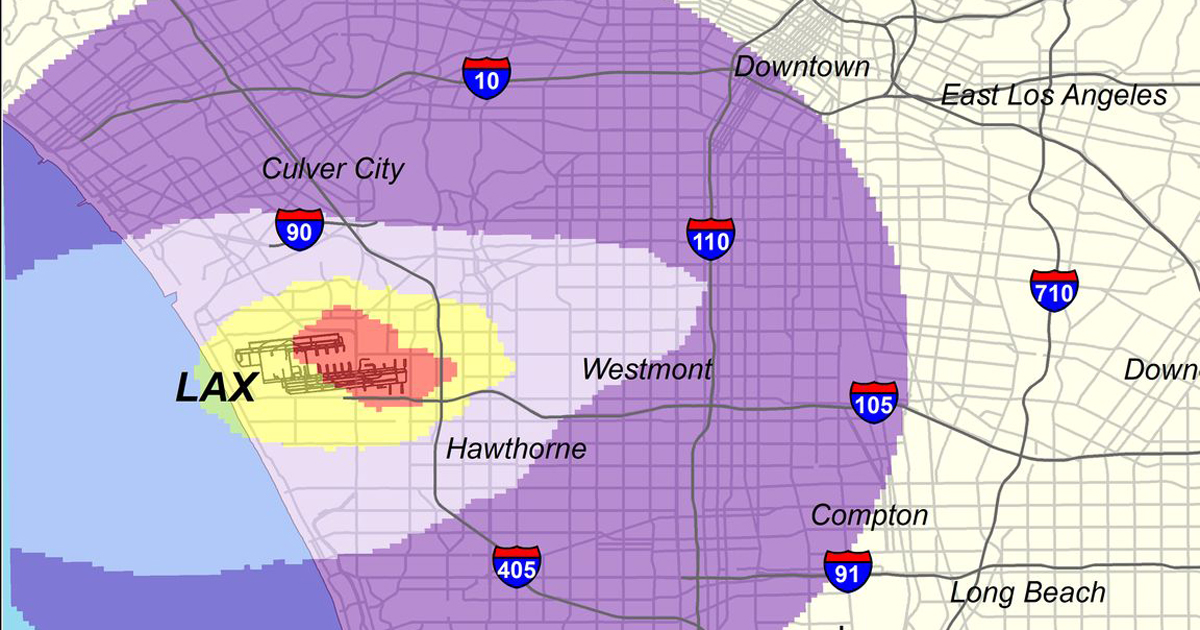
15
JUL 2020
Research Funded by NIEHS Grants

15
JUL 2020
Research Funded by NIEHS Grants
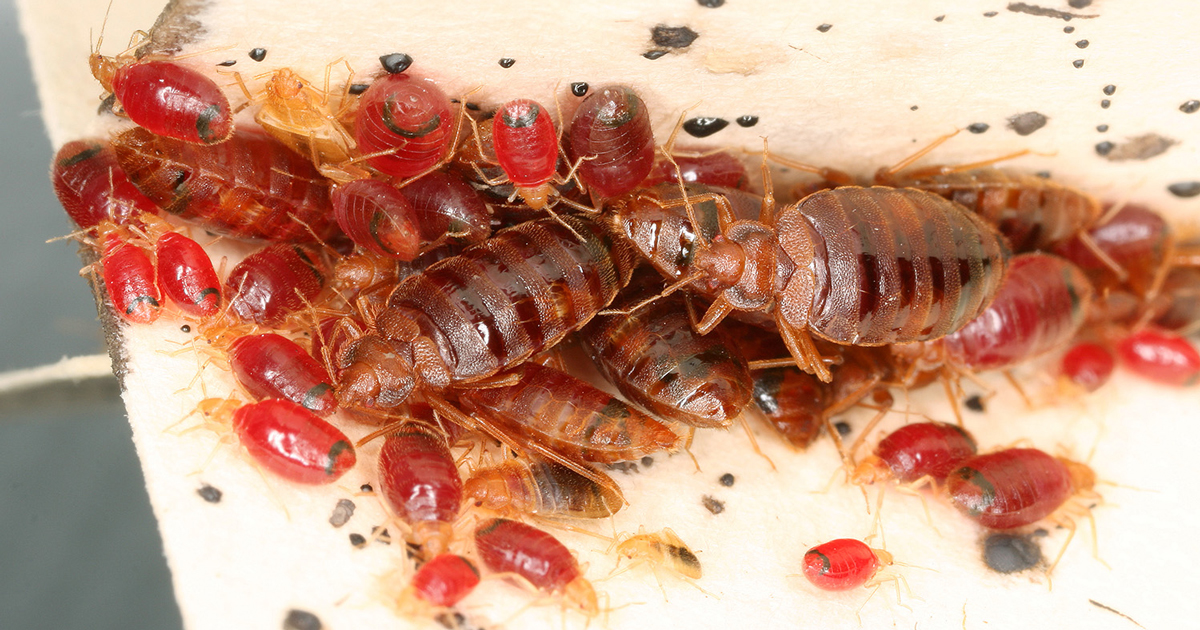
24
JUN 2020
Research Funded by NIEHS Grants

17
JUN 2020
Research Funded by NIEHS Grants

03
JUN 2020
Research Funded by NIEHS Grants
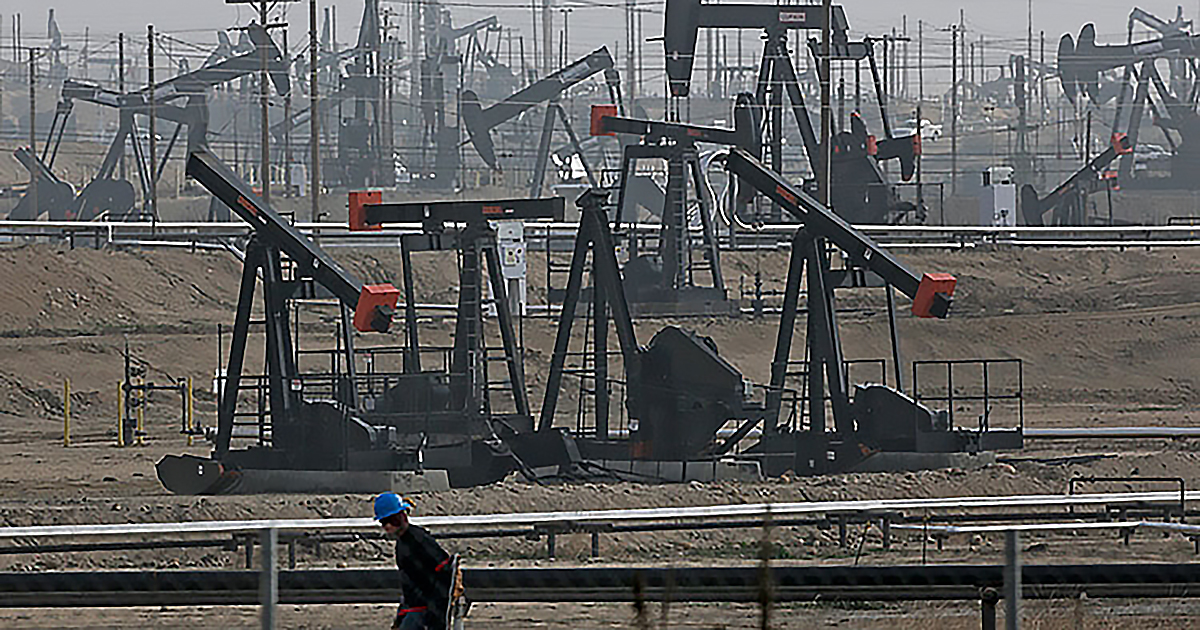
02
JUN 2020
Research Funded by NIEHS Grants

26
MAY 2020
Research Funded by NIEHS Grants

23
APR 2020
Research Funded by NIEHS Grants

02
APR 2020
Research Funded by NIEHS Grants

01
APR 2020
Research Funded by NIEHS Grants
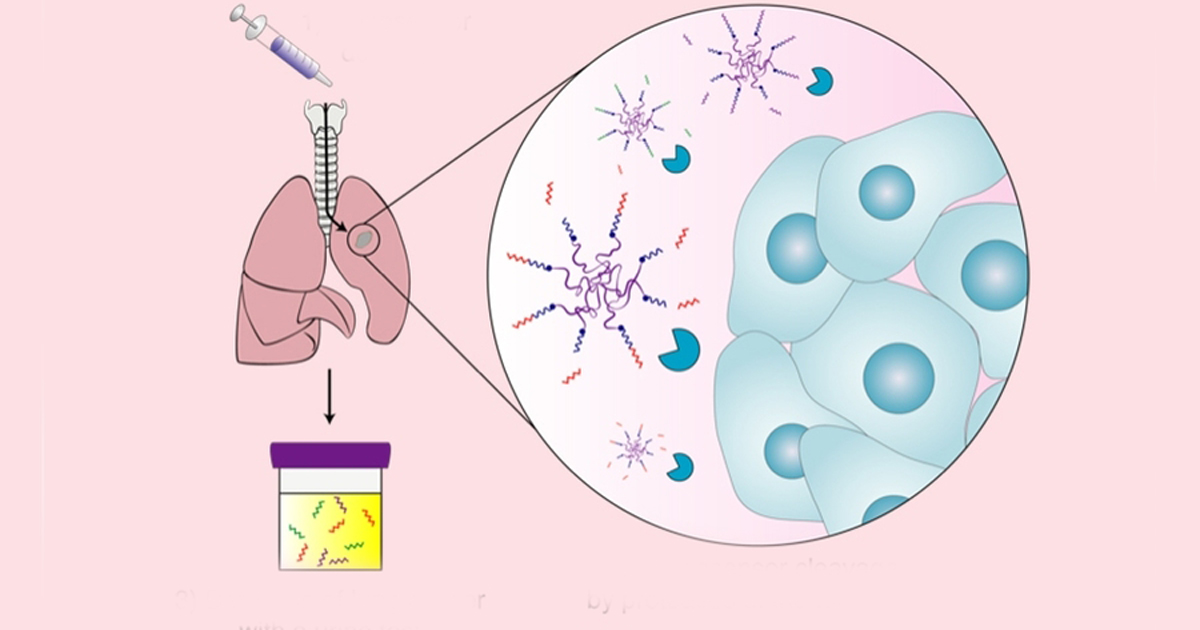
01
APR 2020
Research Funded by NIEHS Grants

18
MAR 2020
Research Funded by NIEHS Grants
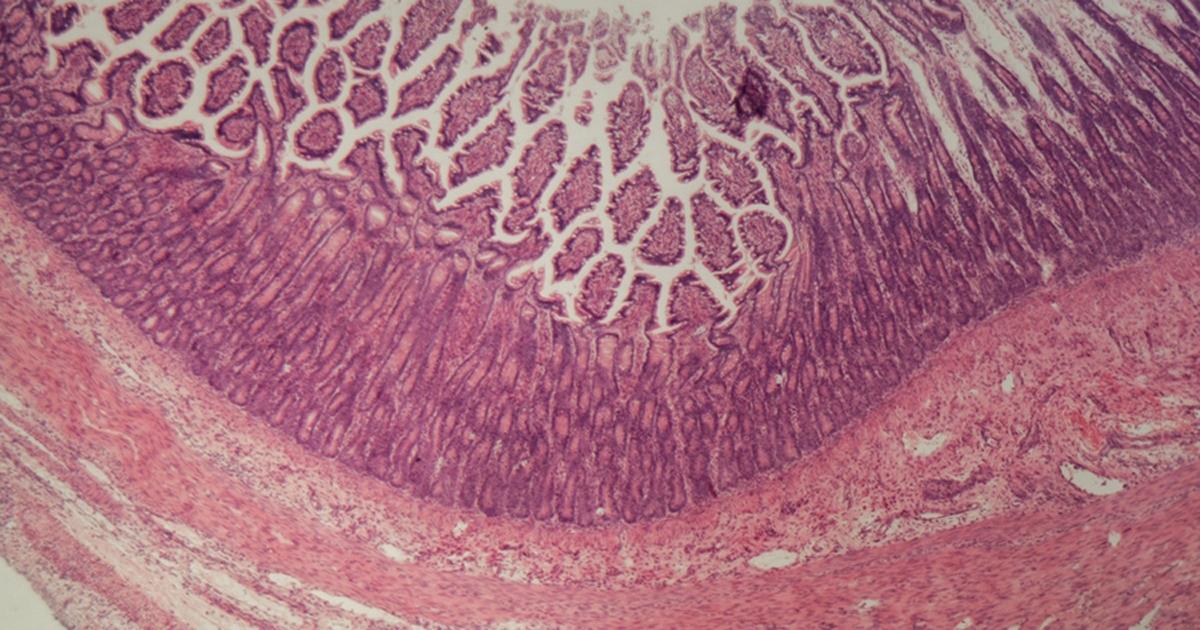
16
MAR 2020
Research Funded by NIEHS Grants
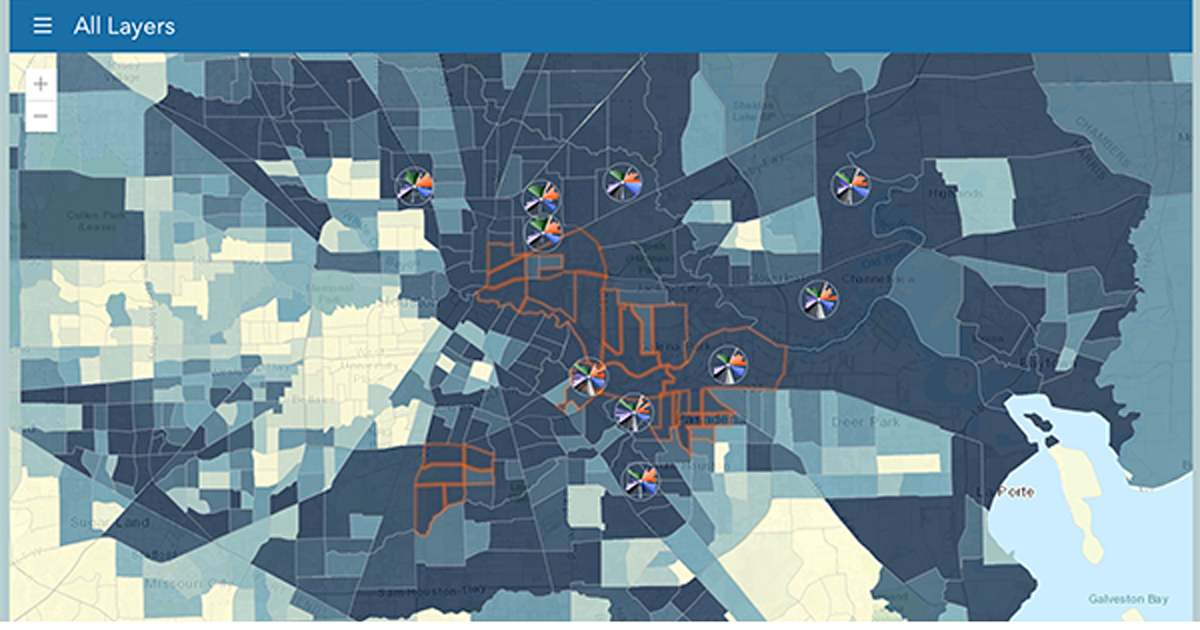
16
MAR 2020
Research Funded by NIEHS Grants

05
MAR 2020
Research Funded by NIEHS Grants

26
FEB 2020
Research Funded by NIEHS Grants

20
FEB 2020
Research Funded by NIEHS Grants
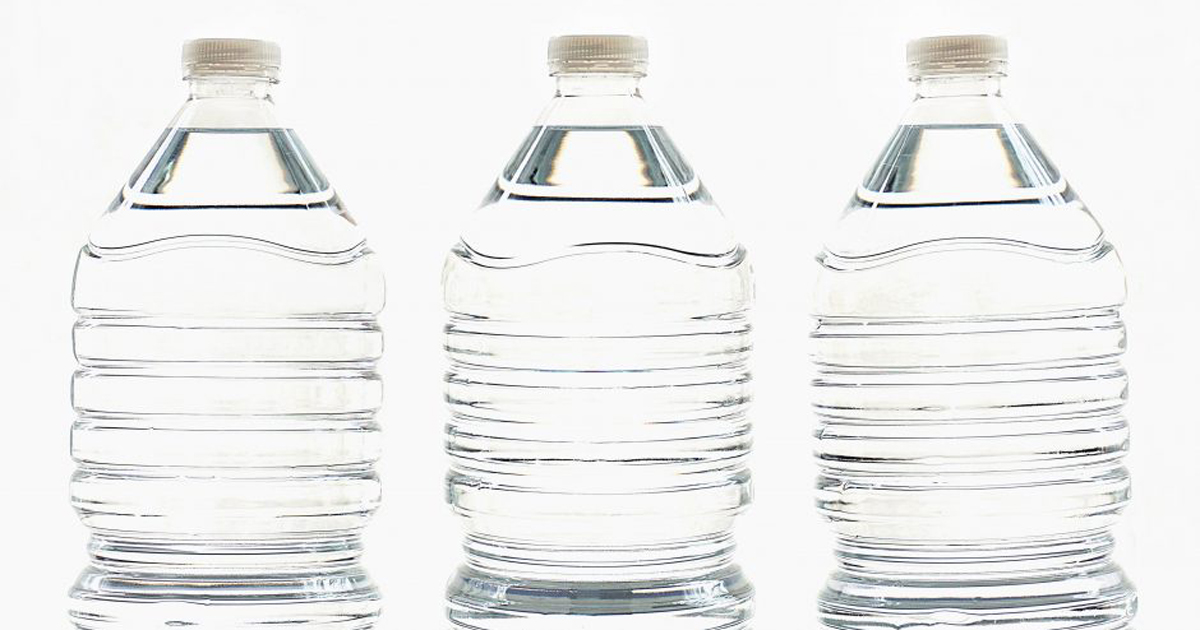
06
FEB 2020
Research Funded by NIEHS Grants

30
JAN 2020
Research Funded by NIEHS Grants
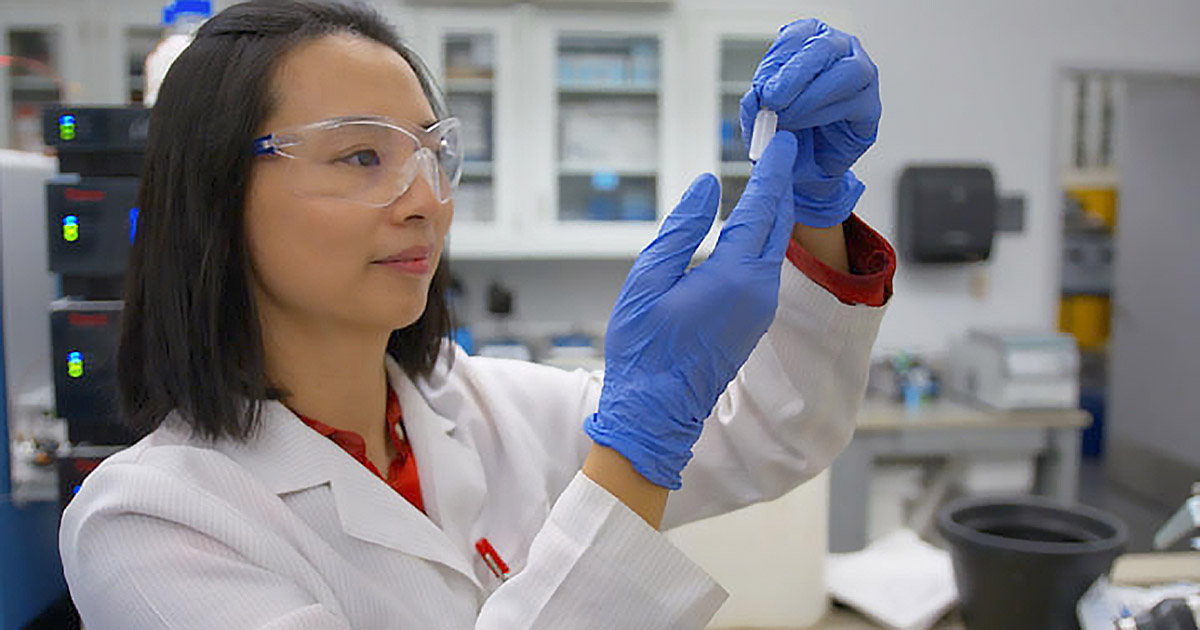
29
JAN 2020
Research Funded by NIEHS Grants

29
JAN 2020
Research Funded by NIEHS Grants
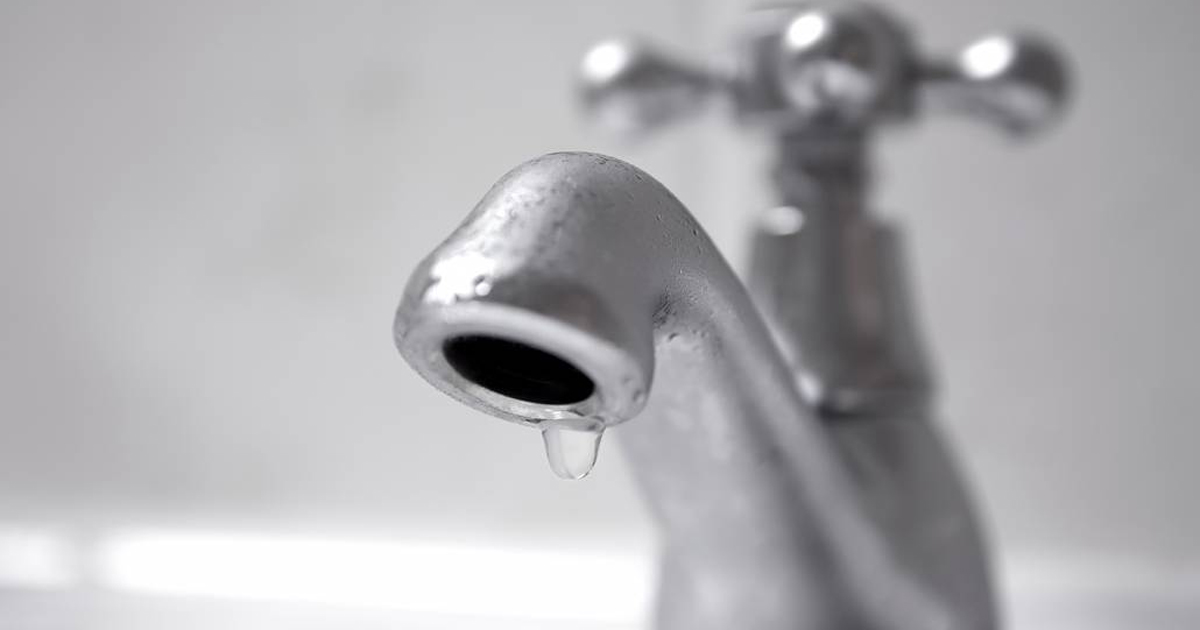
16
JAN 2020
Research Funded by NIEHS Grants
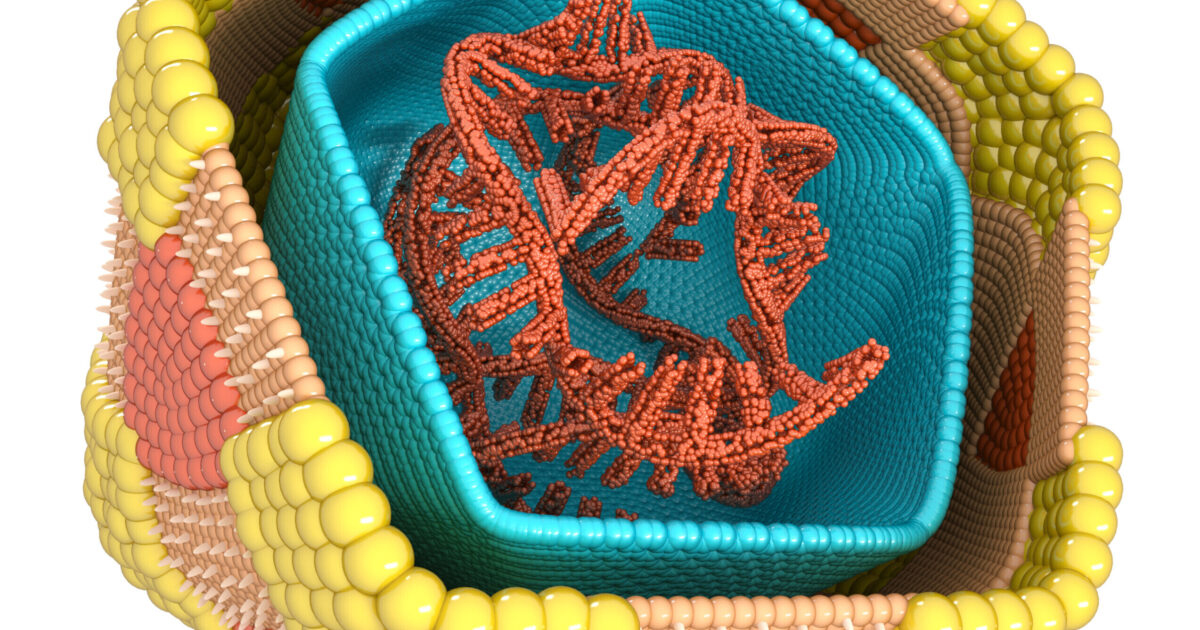
13
JAN 2020
Research Funded by NIEHS Grants
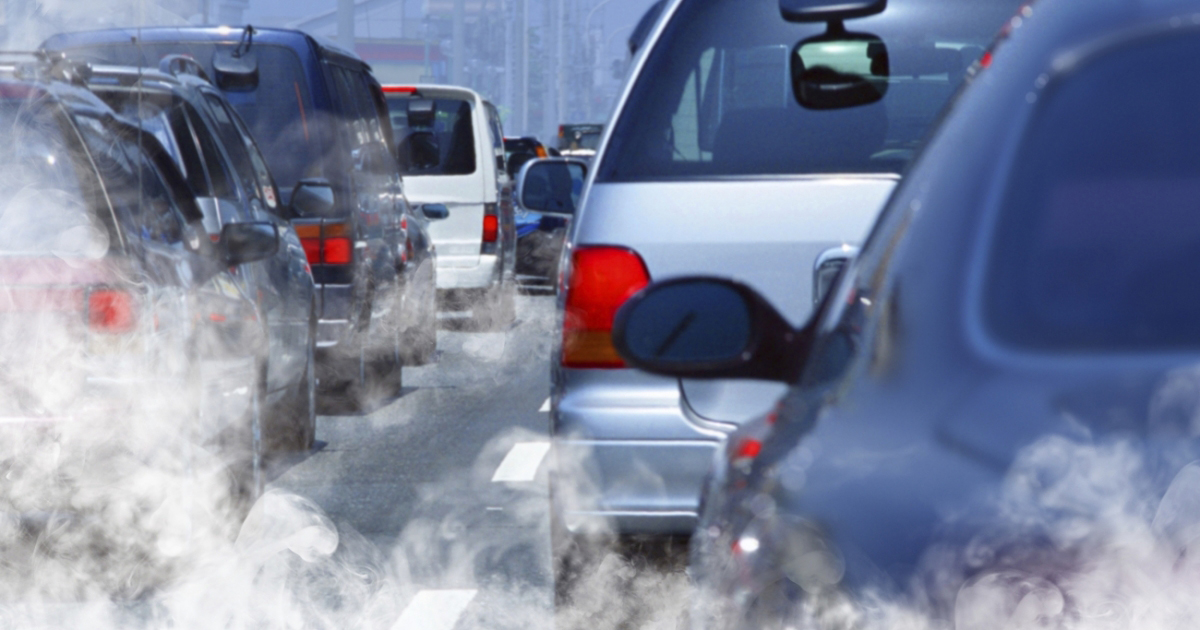
06
JAN 2020
Research Funded by NIEHS Grants
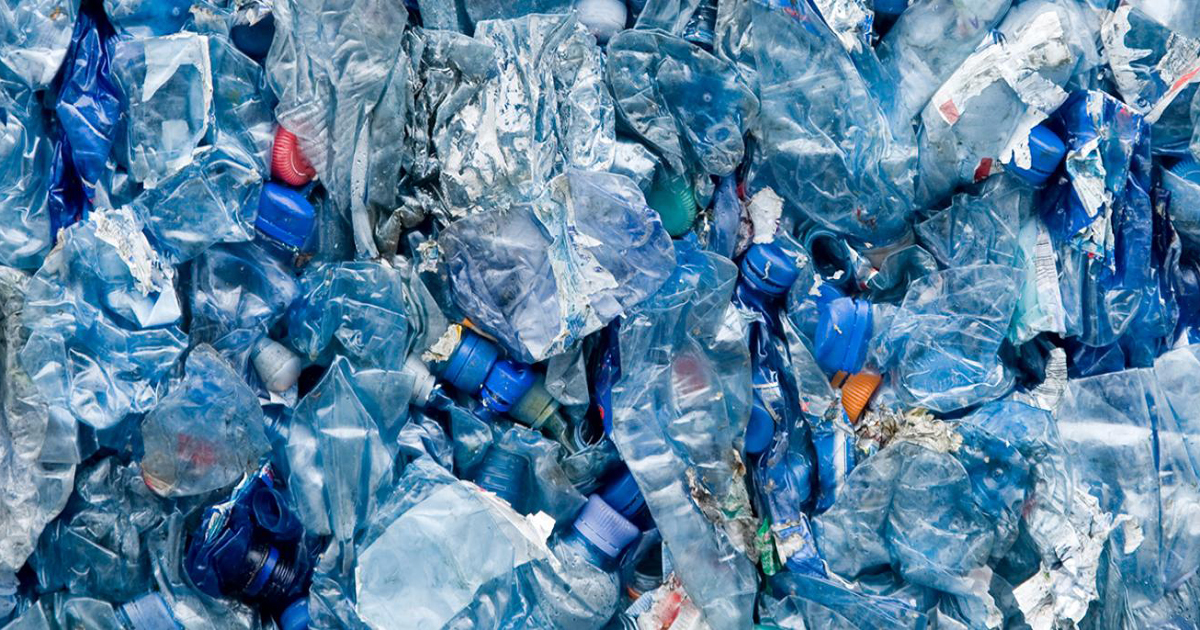
06
JAN 2020
Research Funded by NIEHS Grants
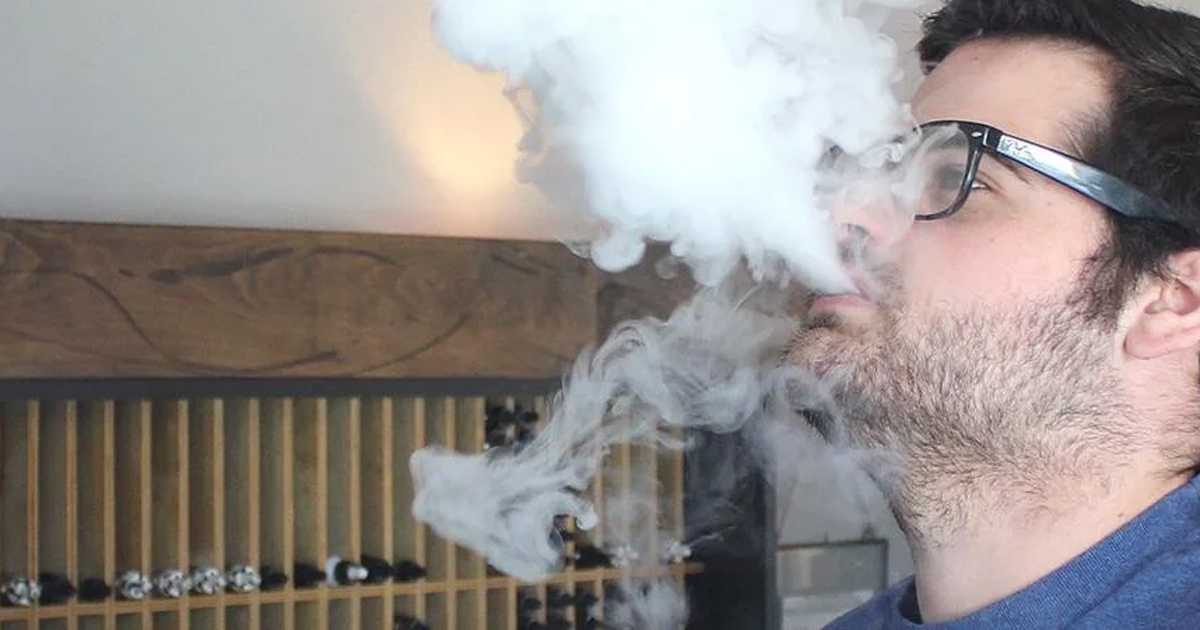
17
DEC 2019
Research Funded by NIEHS Grants
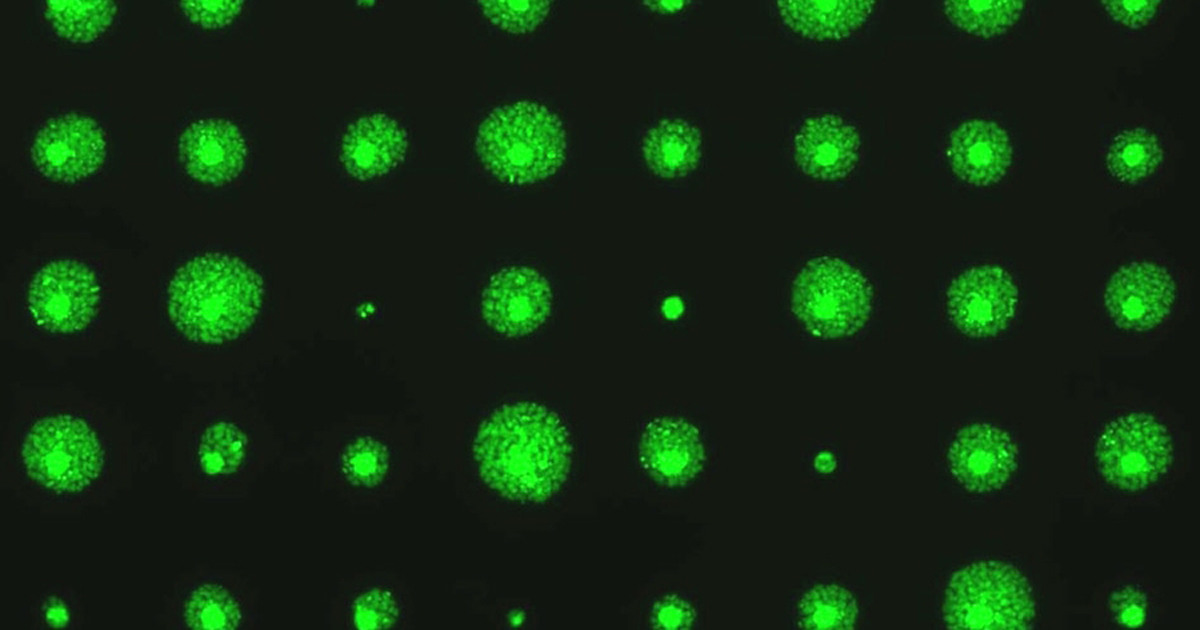
12
DEC 2019
Research Funded by NIEHS Grants

05
DEC 2019
Research Funded by NIEHS Grants
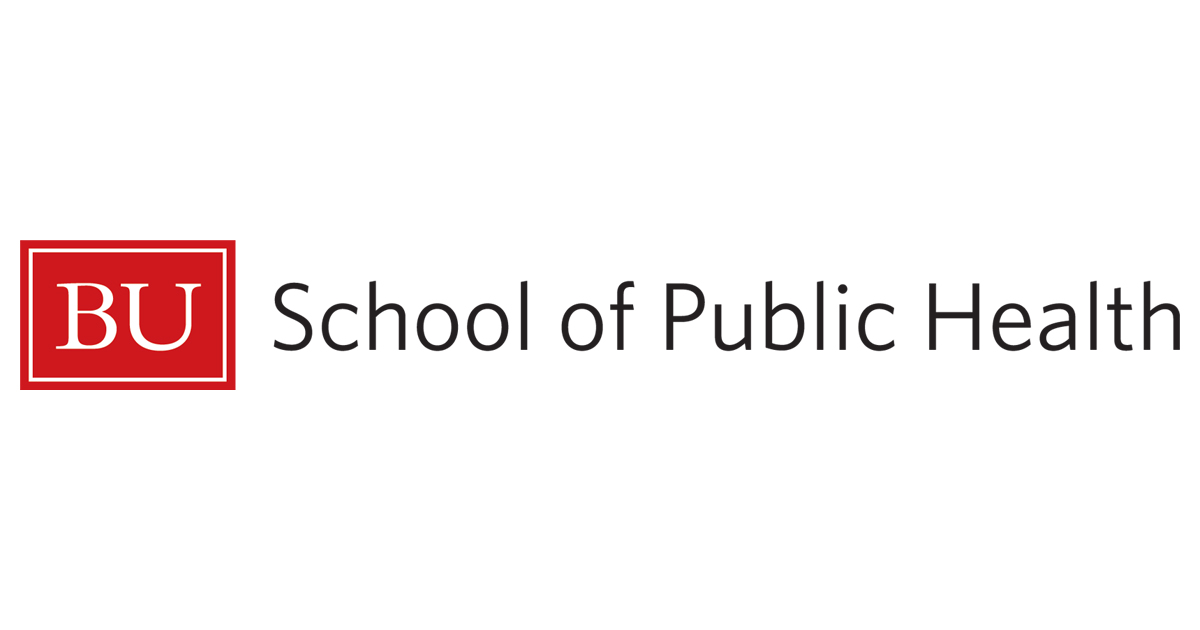
20
NOV 2019
Research Funded by NIEHS Grants

14
NOV 2019
Research Funded by NIEHS Grants

12
NOV 2019
Research Funded by NIEHS Grants

23
OCT 2019
Research Funded by NIEHS Grants

22
OCT 2019
Research Funded by NIEHS Grants

16
OCT 2019
Research Funded by NIEHS Grants

14
OCT 2019
Research Funded by NIEHS Grants
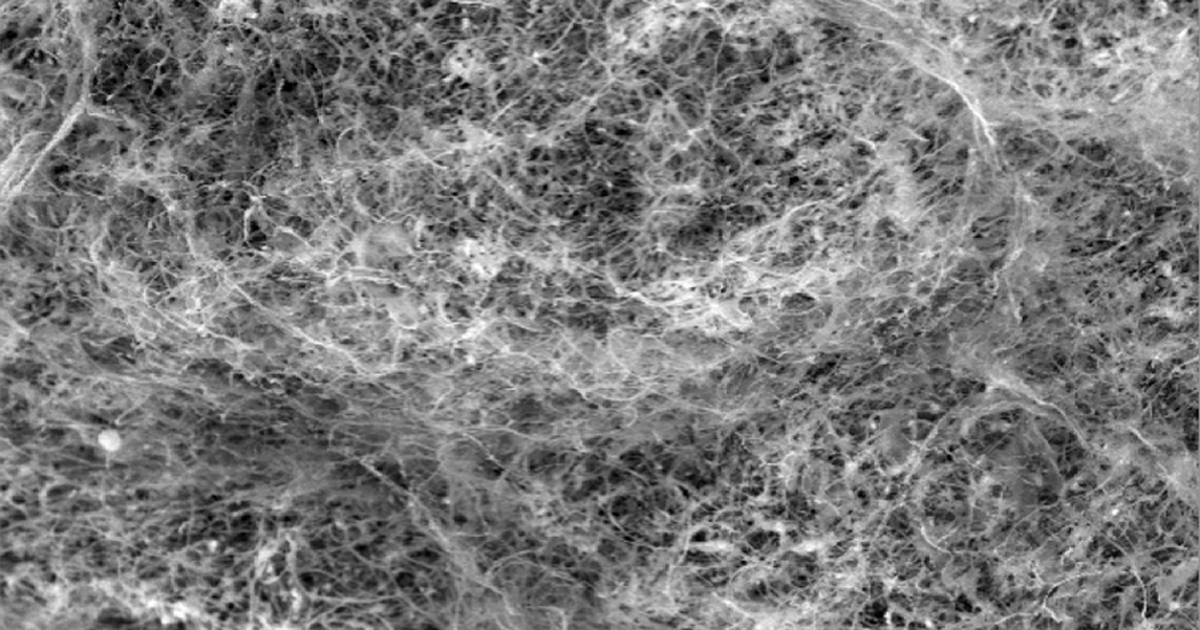
09
OCT 2019
Research Funded by NIEHS Grants

09
OCT 2019
Research Funded by NIEHS Grants
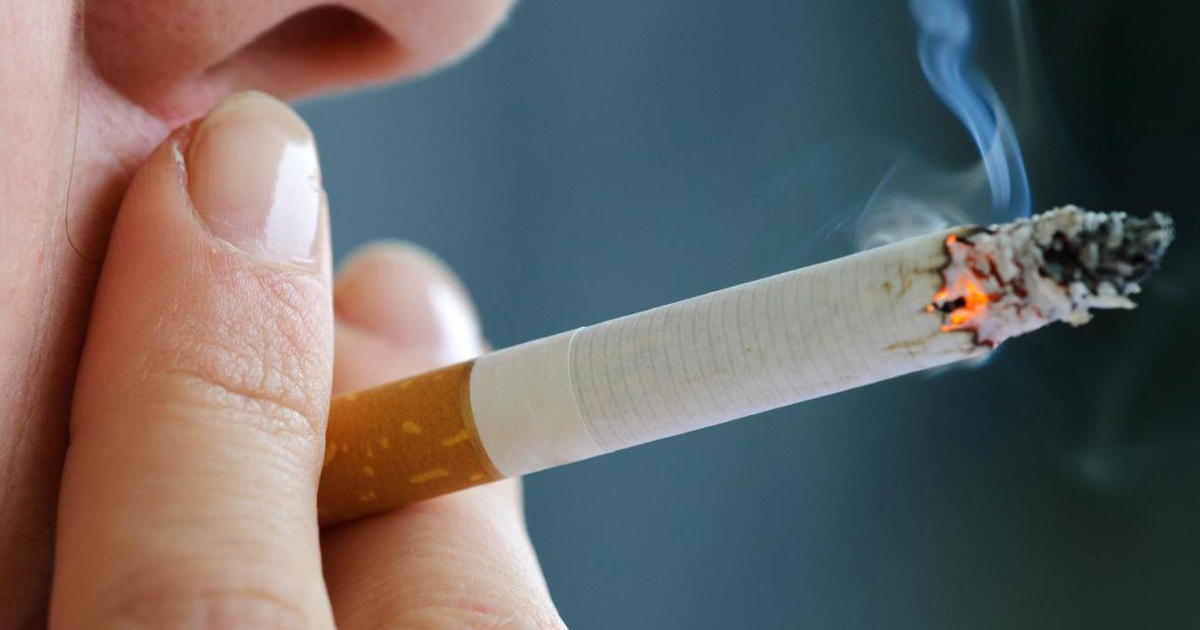
03
OCT 2019
Research Funded by NIEHS Grants

30
SEP 2019
Research Funded by NIEHS Grants

25
SEP 2019
Research Funded by NIEHS Grants

16
SEP 2019
Research Funded by NIEHS Grants

04
SEP 2019
Research Funded by NIEHS Grants
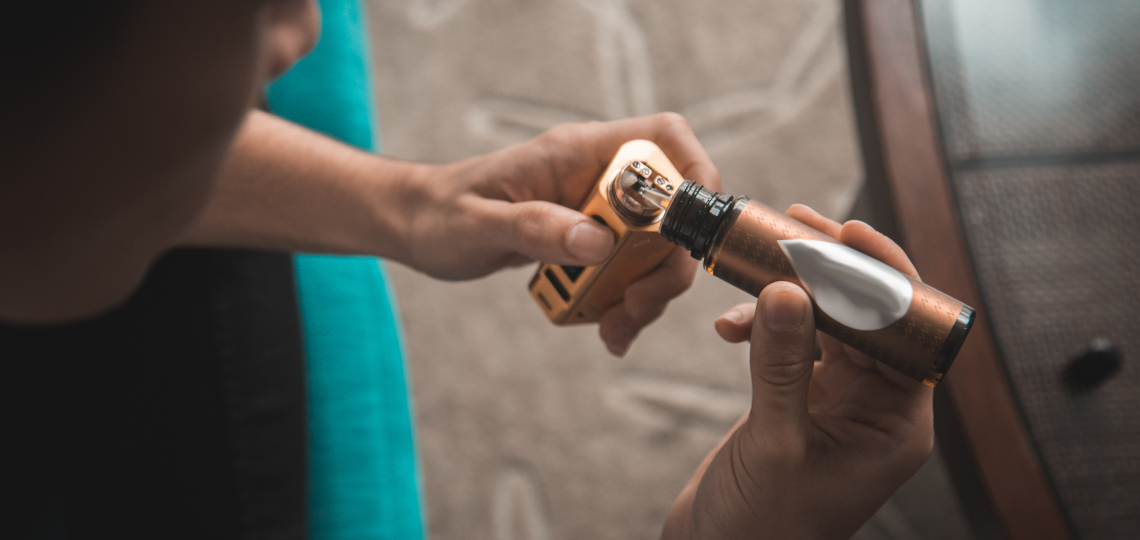
14
AUG 2019
Research Funded by NIEHS Grants
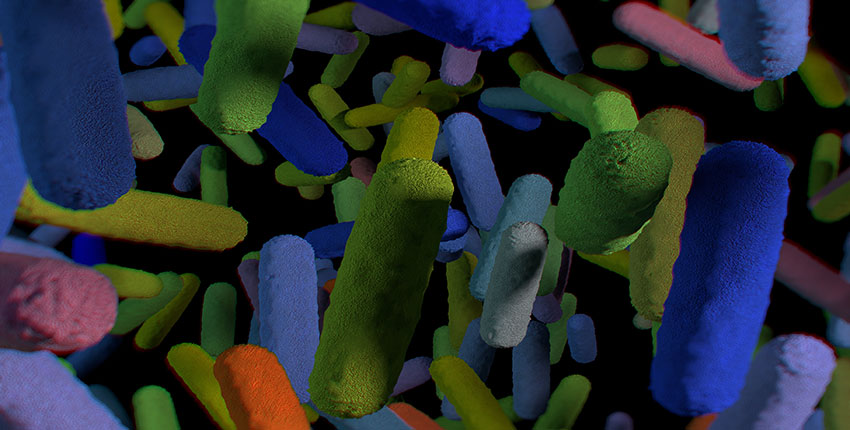
08
AUG 2019
Research Funded by NIEHS Grants

23
JUL 2019
Research Funded by NIEHS Grants
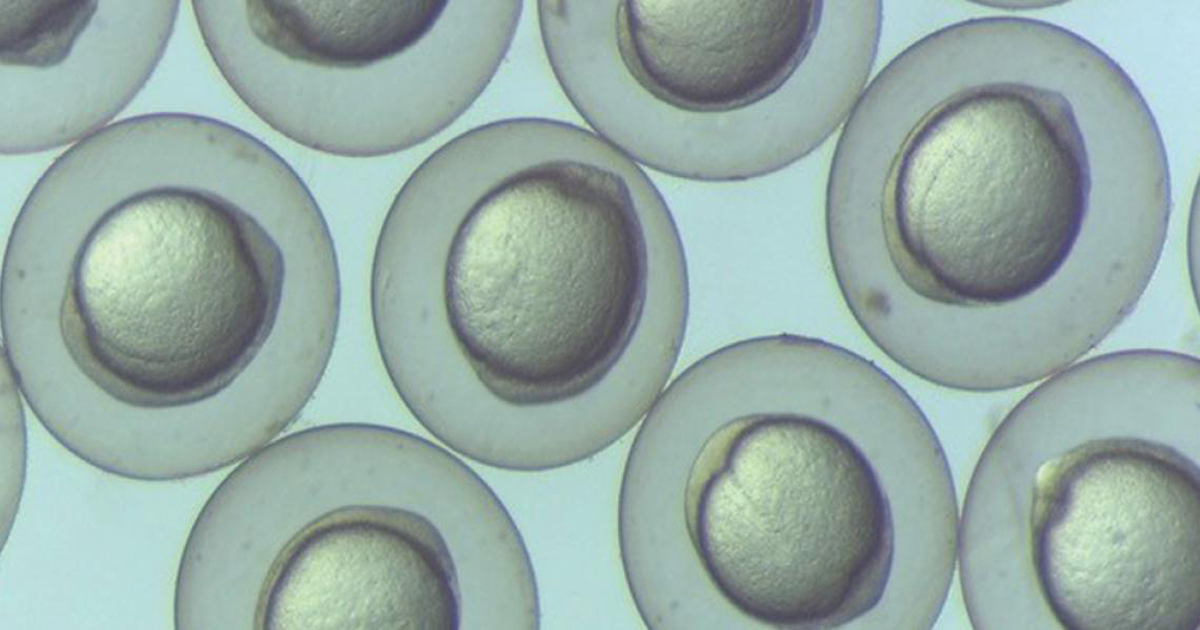
22
JUL 2019
Research Funded by NIEHS Grants

22
JUL 2019
Research Funded by NIEHS Grants
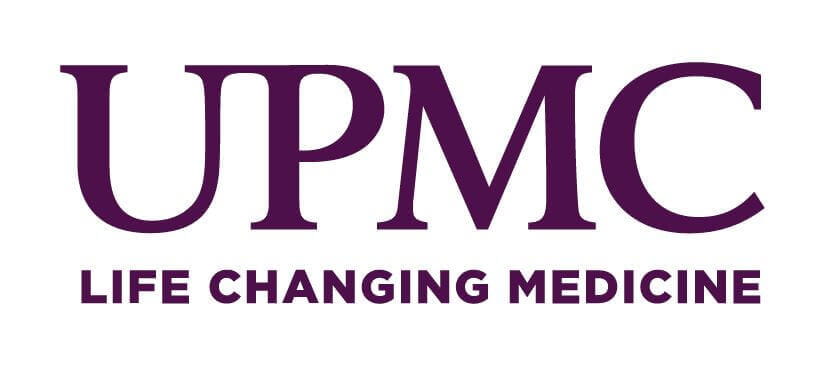
19
JUL 2019
Research Funded by NIEHS Grants

15
JUL 2019
National Institutes of Health
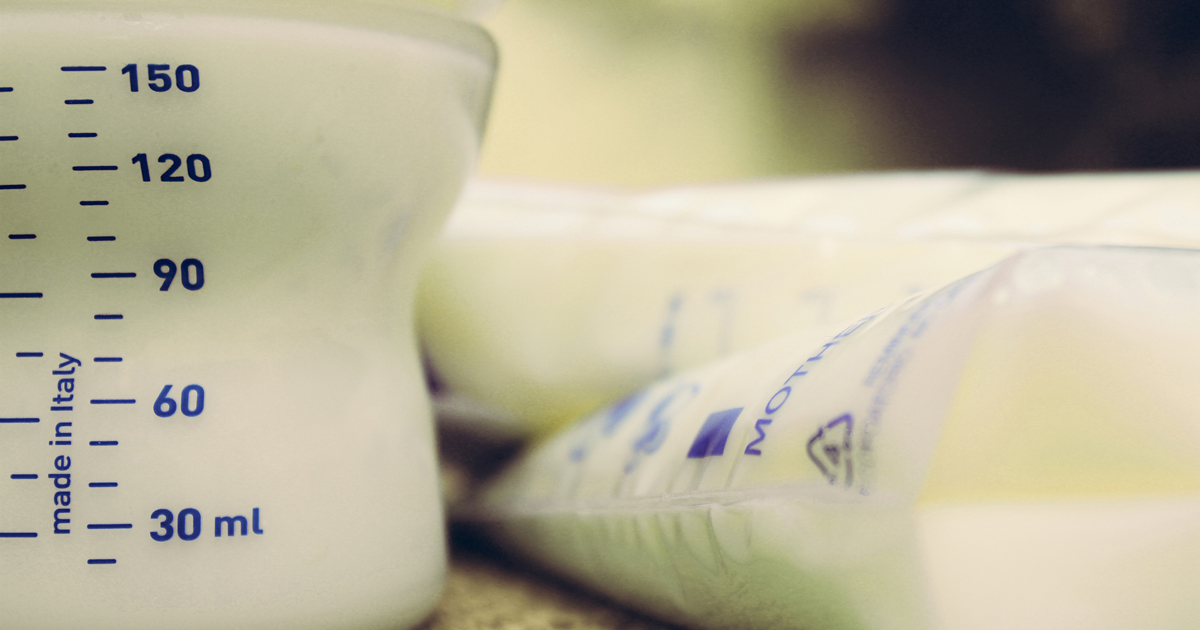
02
JUL 2019
Research Funded by NIEHS Grants

01
JUL 2019
Research Funded by NIEHS Grants
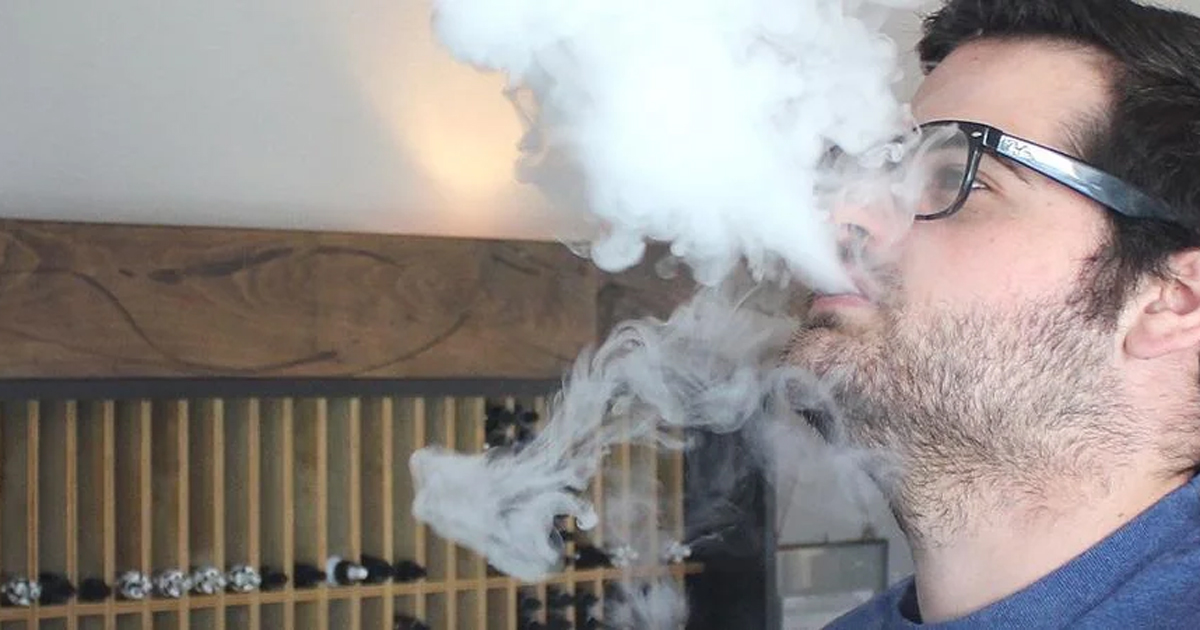
20
JUN 2019
Research Funded by NIEHS Grants

18
JUN 2019
Research Funded by NIEHS Grants
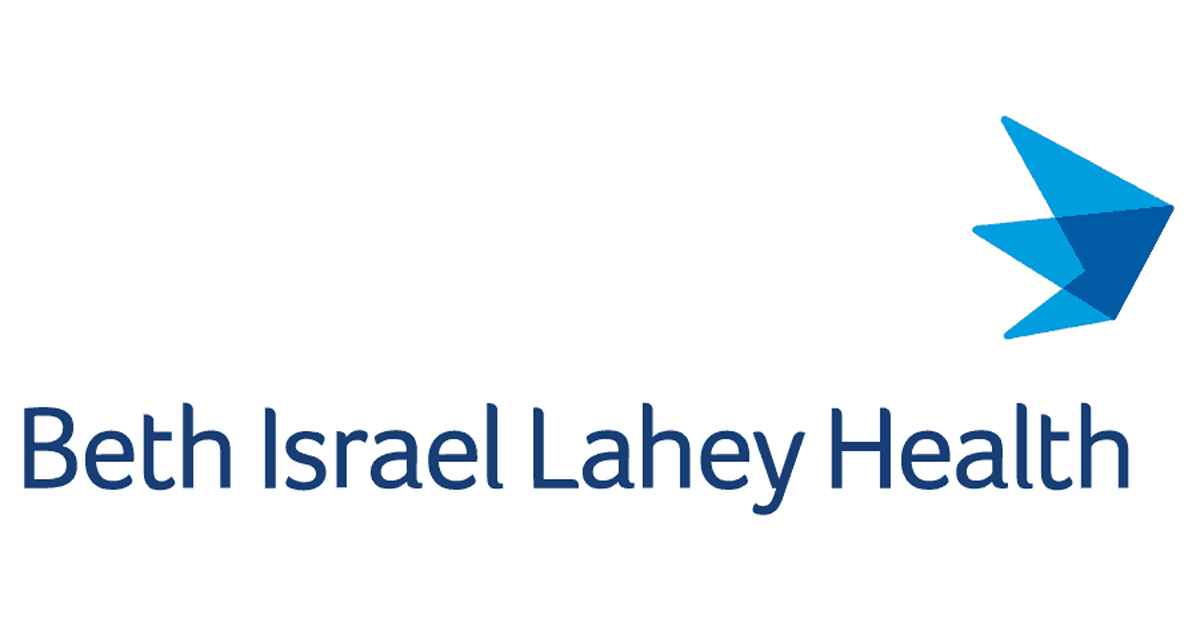
06
JUN 2019
Research Funded by NIEHS Grants

05
JUN 2019
Research Funded by NIEHS Grants
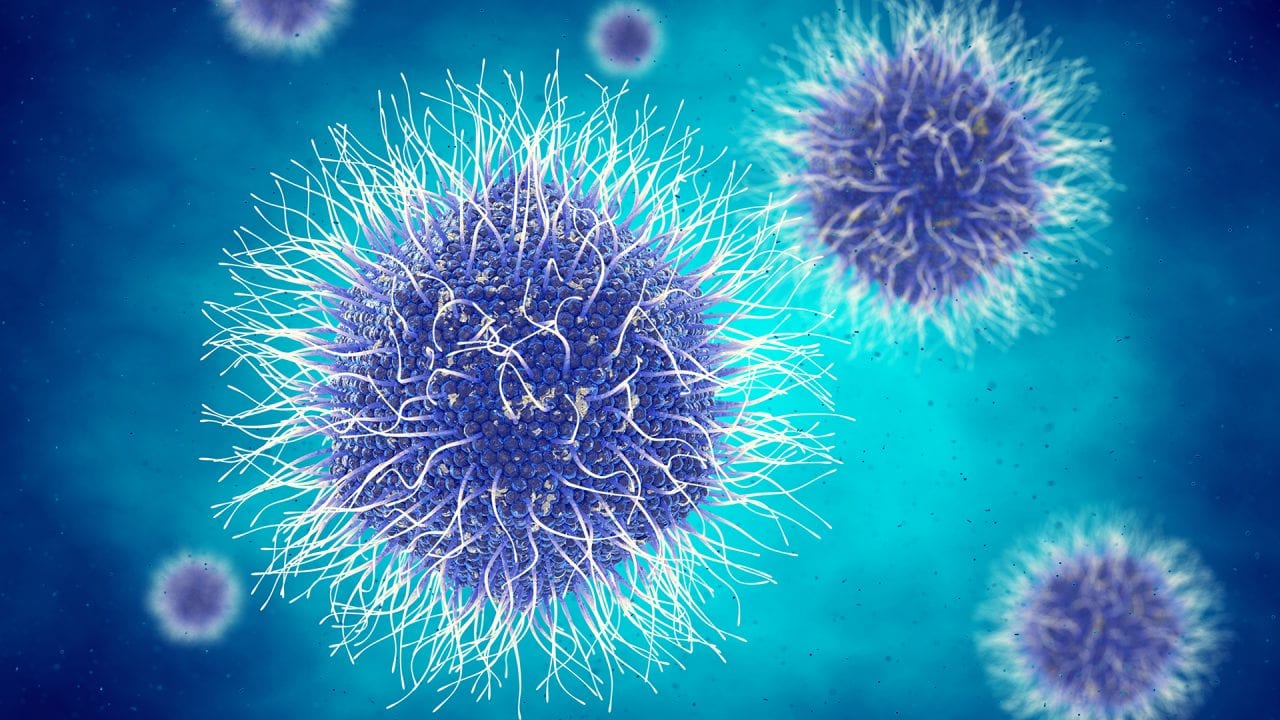
29
MAY 2019
Research Funded by NIEHS Grants
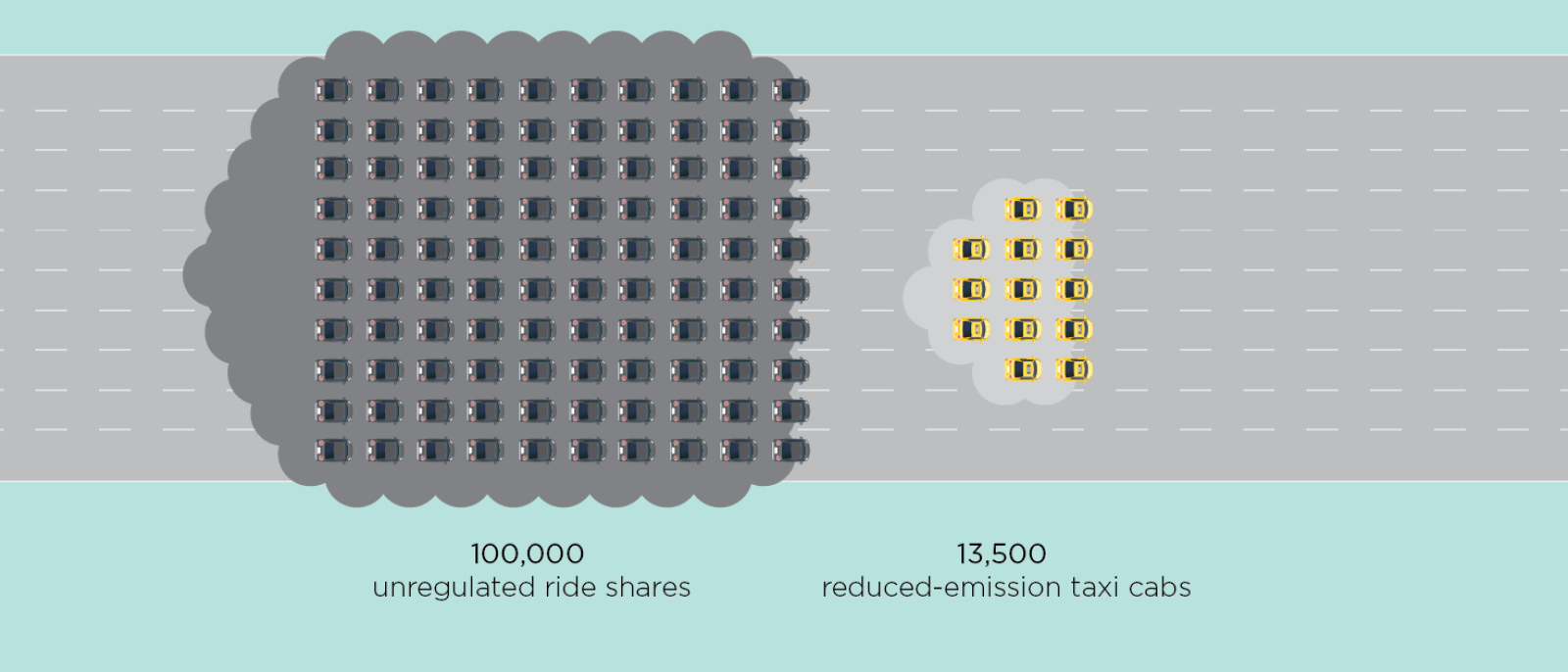
22
MAY 2019
Research Funded by NIEHS Grants

21
MAY 2019
Research Funded by NIEHS Grants
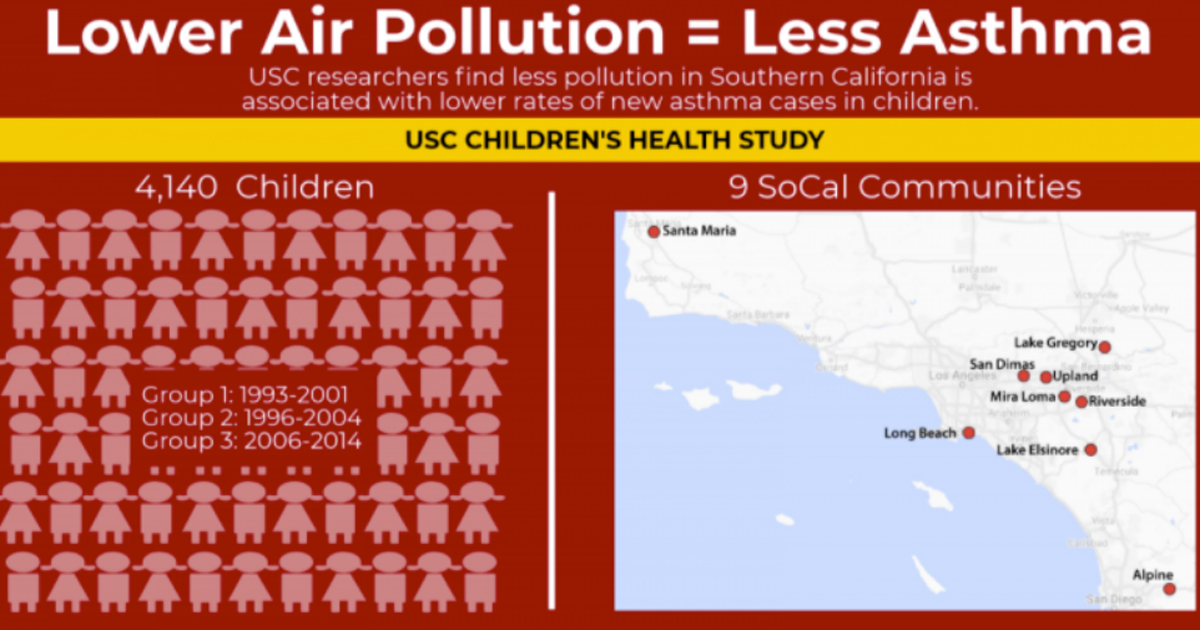
21
MAY 2019
Research Funded by NIEHS Grants

14
MAY 2019
Research Funded by NIEHS Grants

14
MAY 2019
Research Funded by NIEHS Grants

02
MAY 2019
Research Funded by NIEHS Grants

30
APR 2019
National Institutes of Health

29
APR 2019
Research Funded by NIEHS Grants
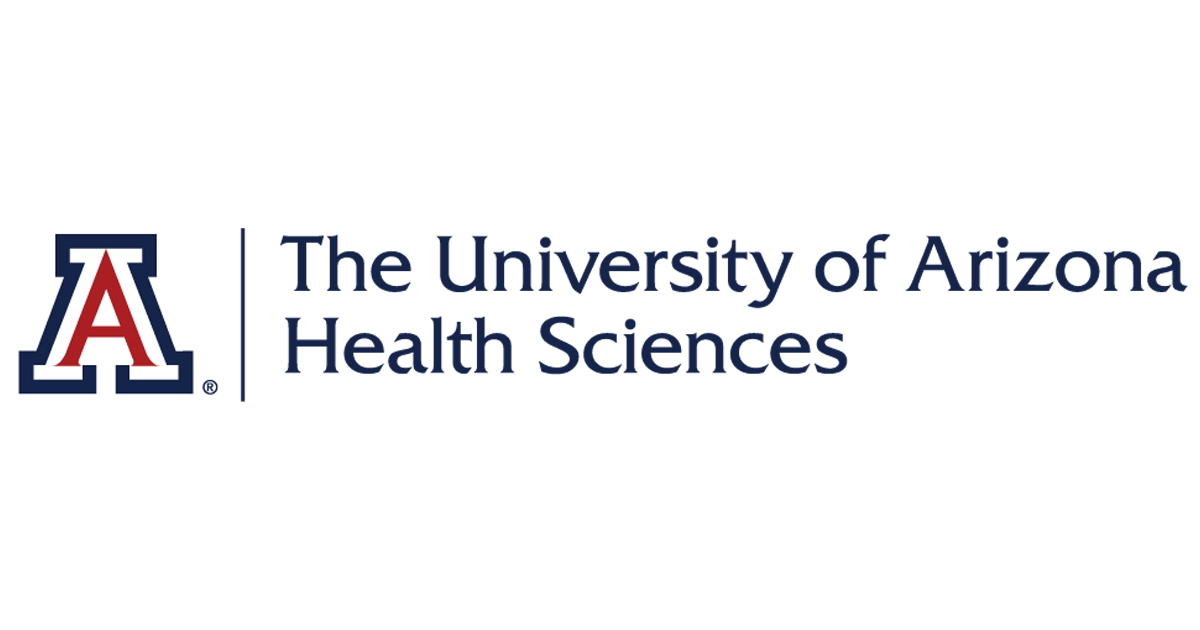
26
APR 2019
Research Funded by NIEHS Grants

11
APR 2019
Research Funded by NIEHS Grants

11
APR 2019
Research Funded by NIEHS Grants
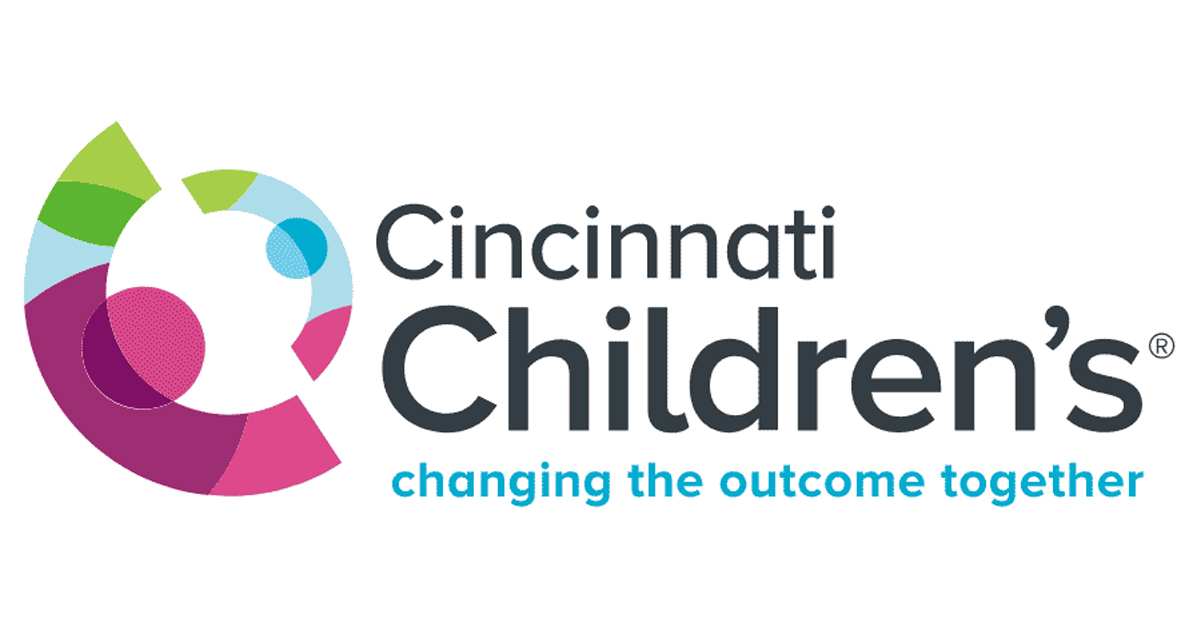
10
APR 2019
Research Funded by NIEHS Grants

04
APR 2019
Research Funded by NIEHS Grants

03
APR 2019
Research Funded by NIEHS Grants
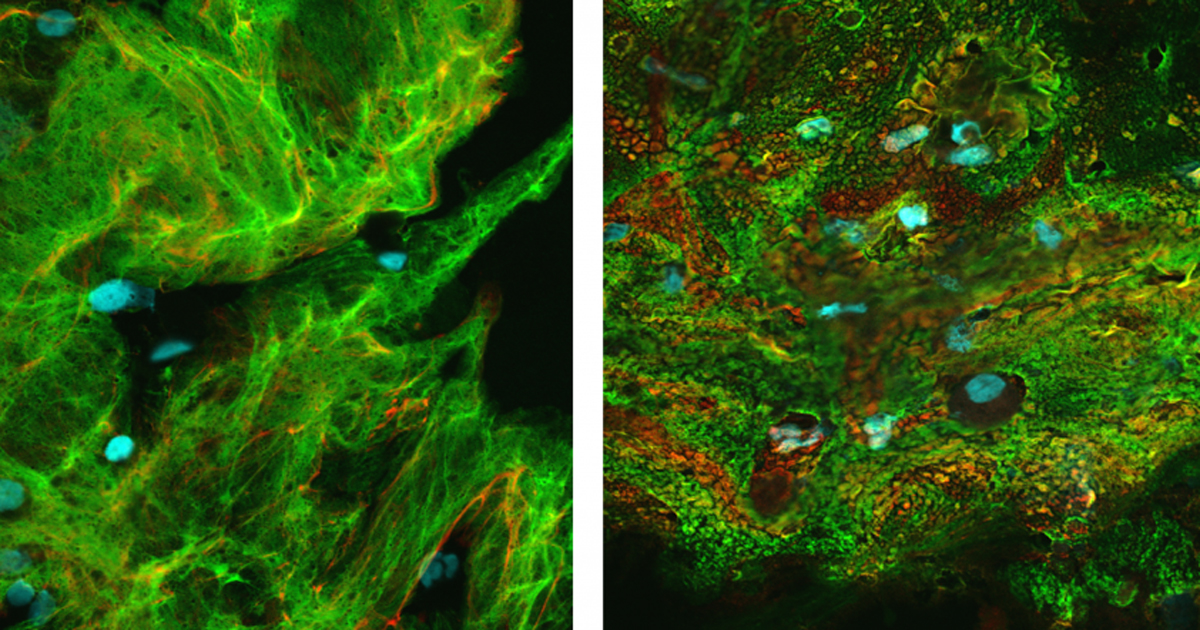
29
MAR 2019
Research Funded by NIEHS Grants
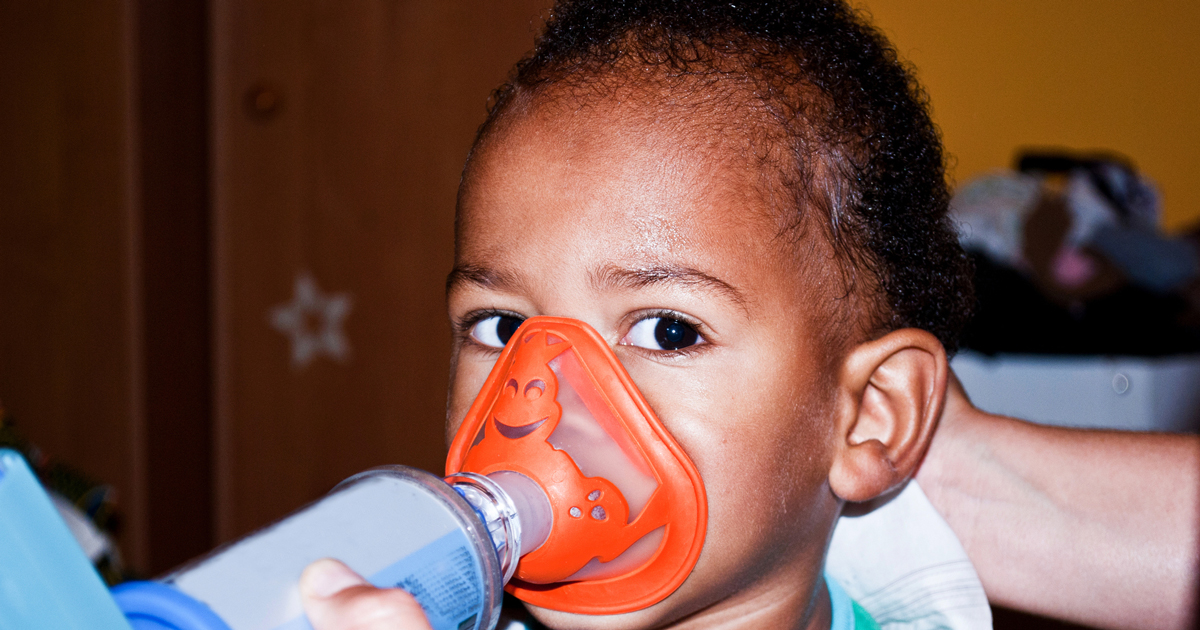
26
MAR 2019
Research Funded by NIEHS Grants

12
MAR 2019
Research Funded by NIEHS Grants

28
FEB 2019
Research Funded by NIEHS Grants

21
FEB 2019
Research Funded by NIEHS Grants
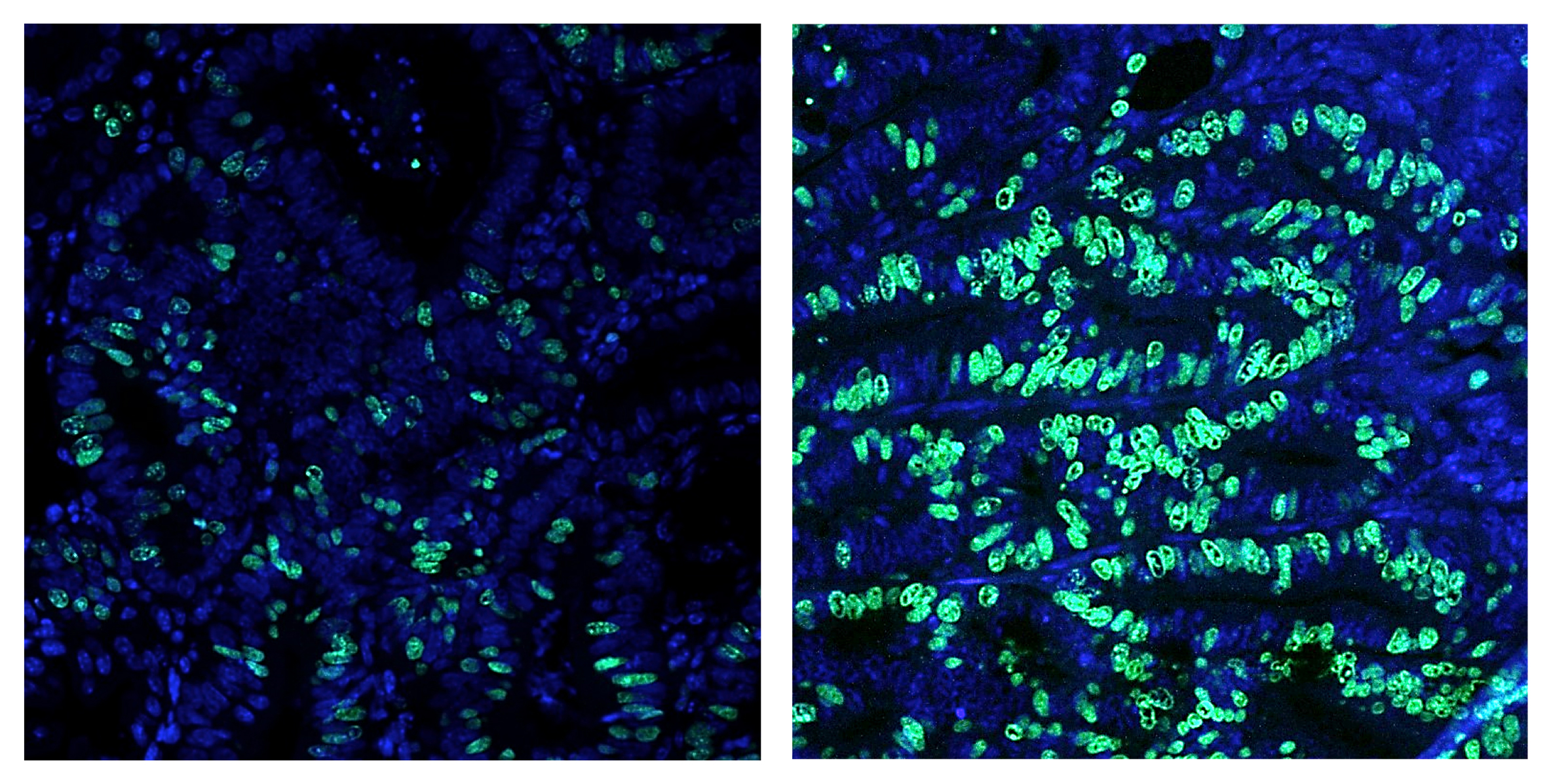
20
FEB 2019
Research Funded by NIEHS Grants

14
FEB 2019
Research Funded by NIEHS Grants

13
FEB 2019
Research Funded by NIEHS Grants

13
FEB 2019
Research Funded by NIEHS Grants

12
FEB 2019
Research Funded by NIEHS Grants

05
FEB 2019
Research Funded by NIEHS Grants

04
FEB 2019
Research Funded by NIEHS Grants

31
JAN 2019
Research Funded by NIEHS Grants

30
JAN 2019
Research Funded by NIEHS Grants

27
JAN 2019
Research Funded by NIEHS Grants

24
JAN 2019
Research Funded by NIEHS Grants

23
JAN 2019
National Institutes of Health

14
JAN 2019
Research Funded by NIEHS Grants

08
JAN 2019
Research Funded by NIEHS Grants

02
JAN 2019
Research Funded by NIEHS Grants

News Release Archive
NIEHS does not maintain news releases more than seven years. Older news releases are stored on our archive site. Click this link to go to the NIEHS website archive. In the archive, you may encounter broken links, images, or videos in some news releases.



